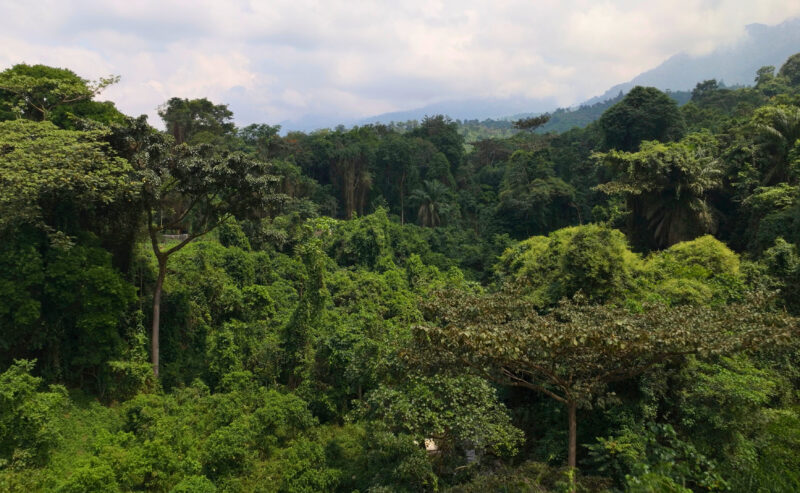
Contribute to the Century Ahead >
This timeline will guide you through the key moments that have shaped Virunga National Park over the past 100 years, highlighting its history, conservation milestones, challenges, and the dedication of the Rangers who have been standing on the frontline to protect its rich fauna and flora, and local communities.
1925
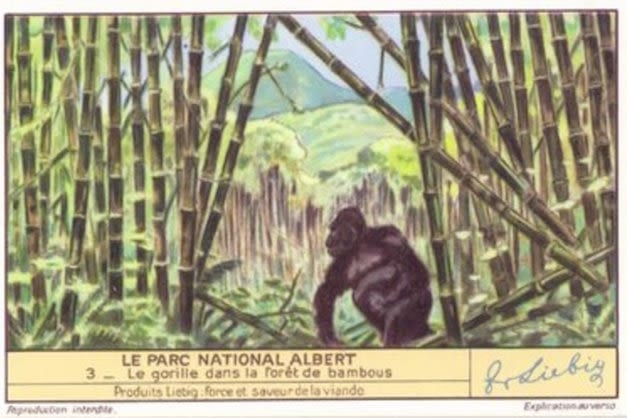
Virunga National Park, originally Parc Albert, is Africa’s first national park.
1935
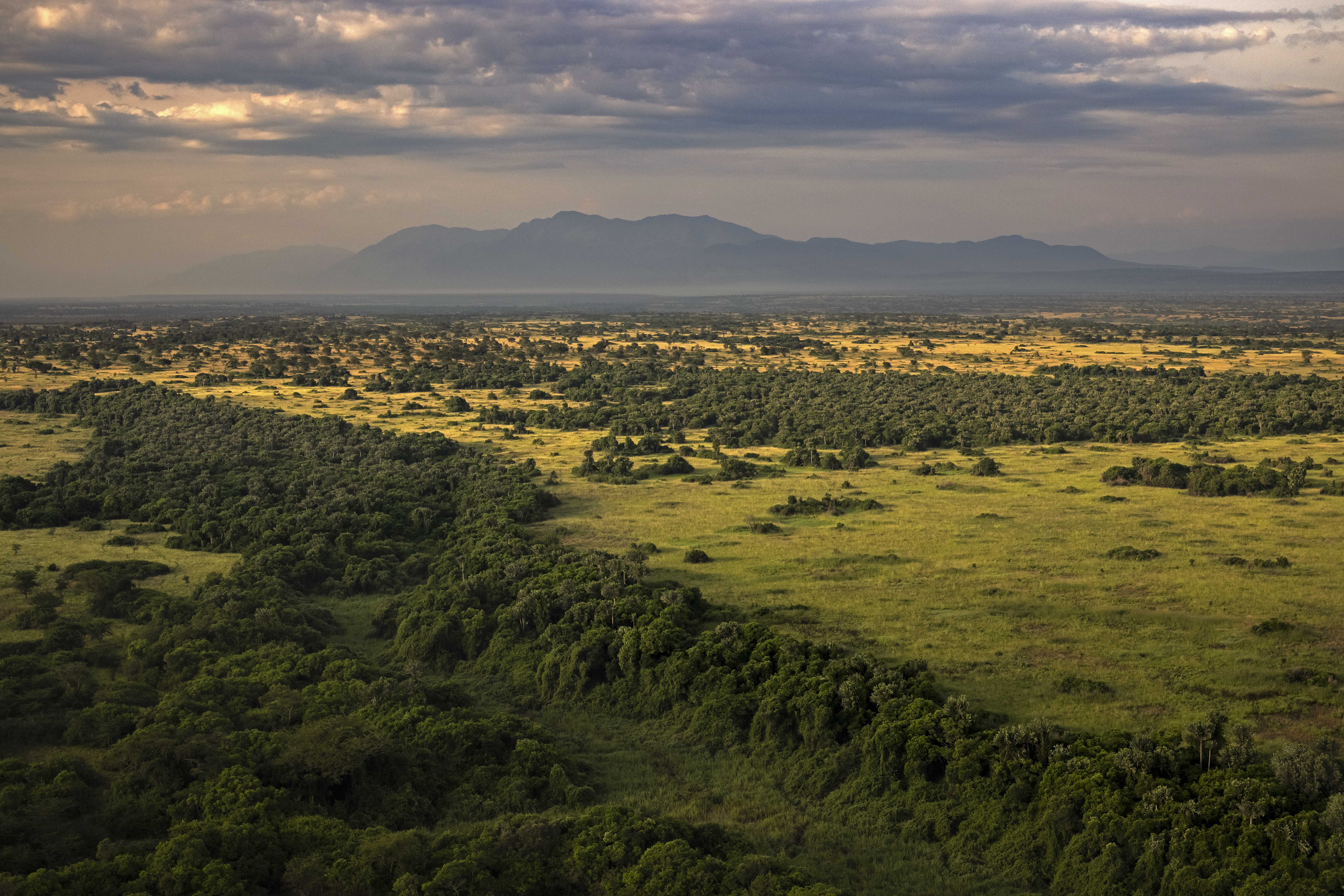
The November 12 decree officially established the Park’s boundaries.
1938
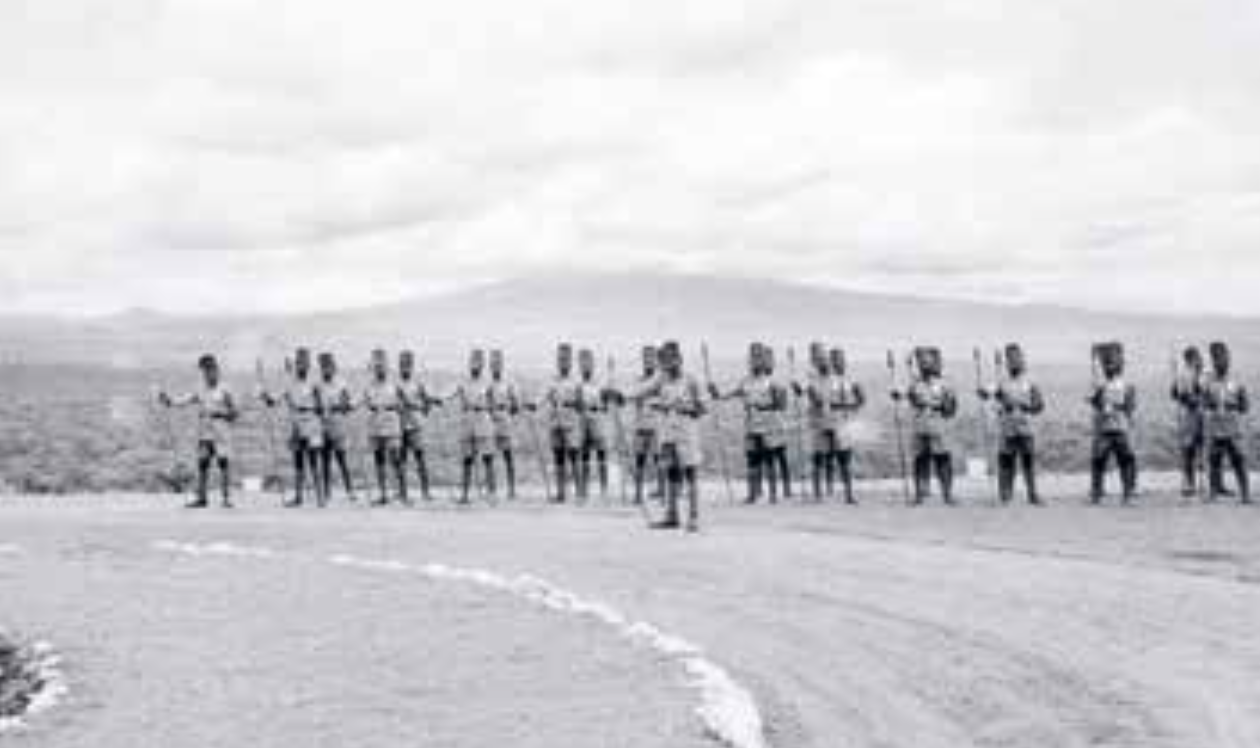
By 1938, Parc Albert had a dedicated team of 49 Rangers tasked with protecting its wildlife and ensuring the conservation of this protected area.
1939
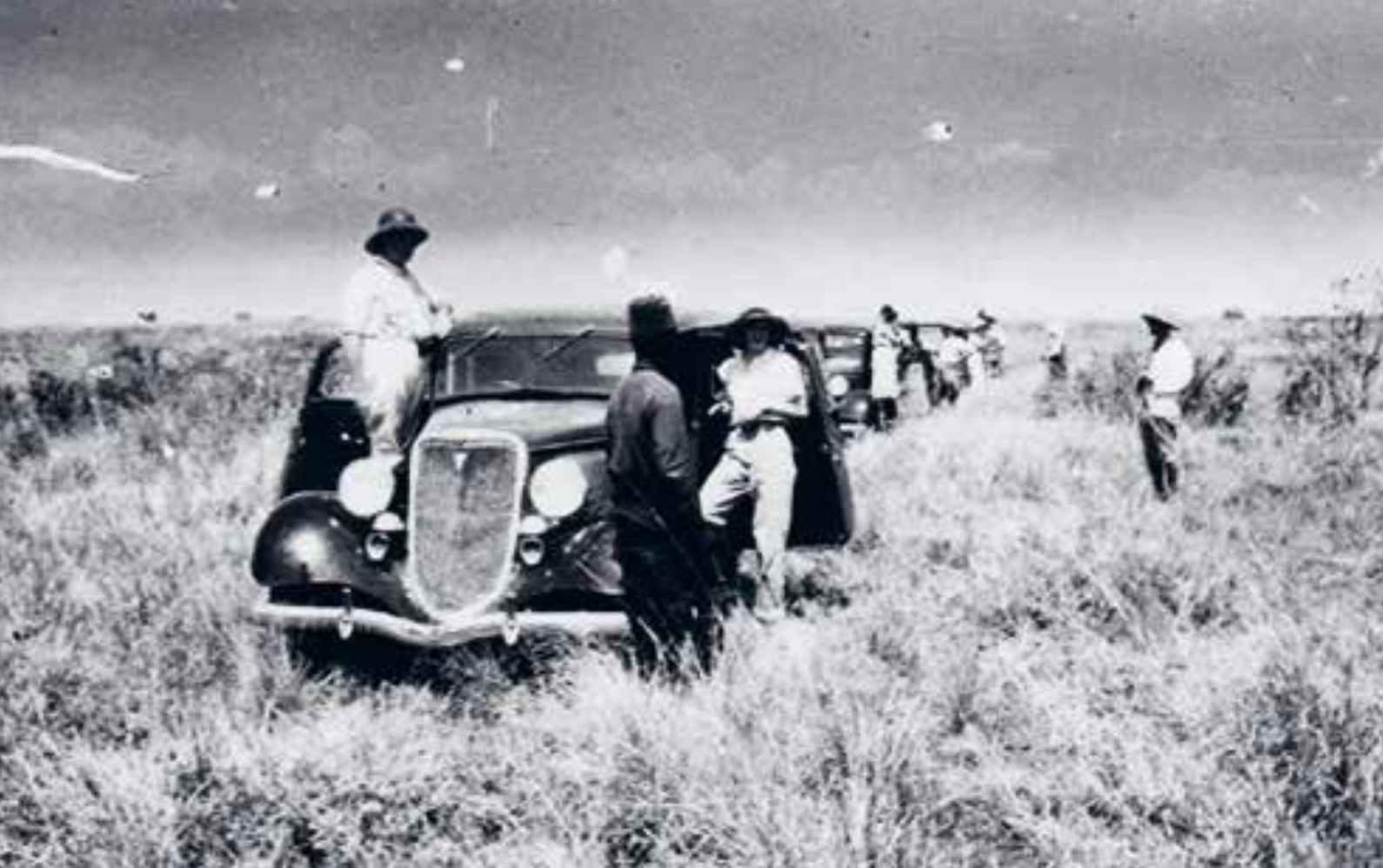
In 1939, the Park welcomed its first tourists, marking the start of ecotourism.
1941
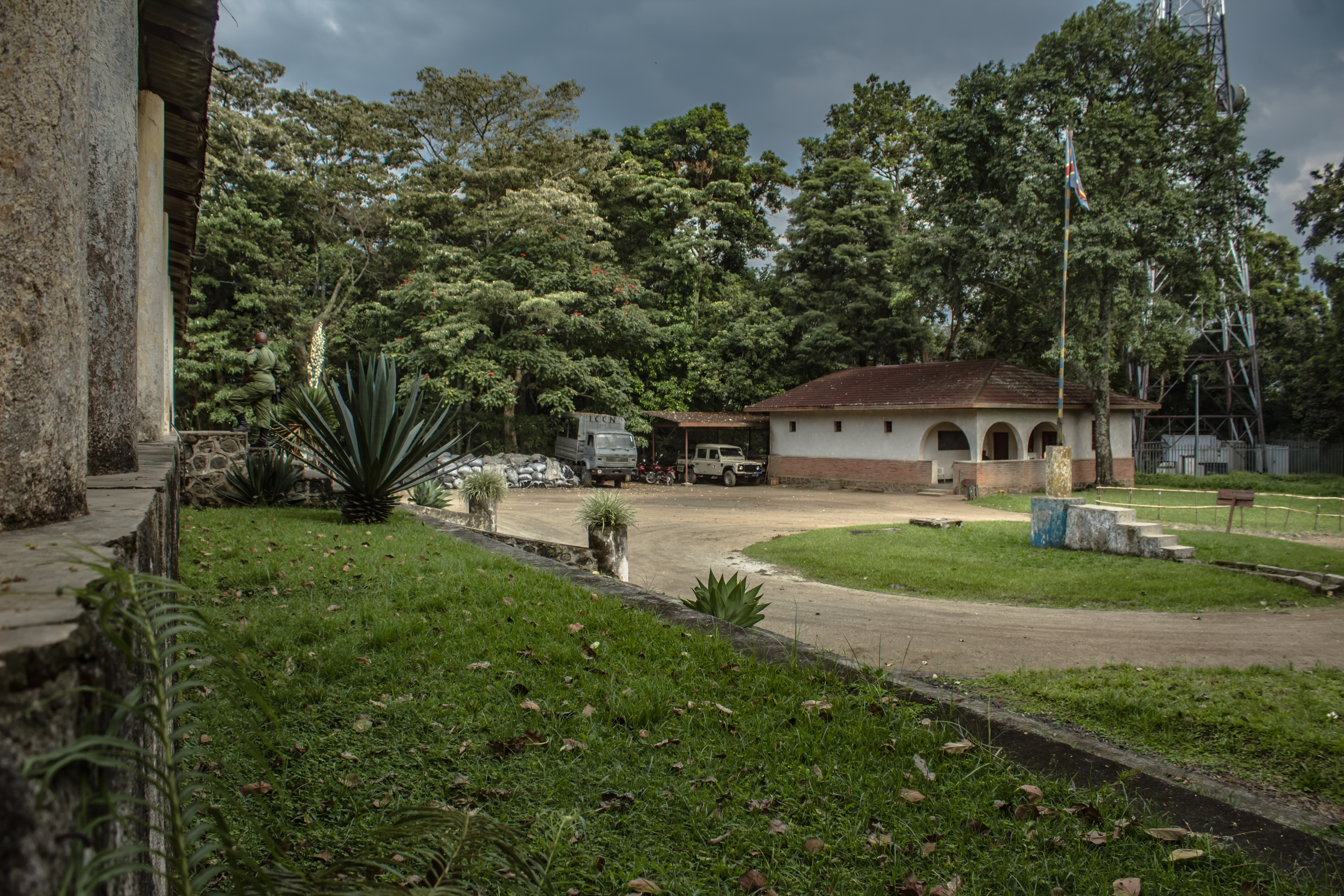
Rumangabo became the main headquarters for the southern sector.
1948
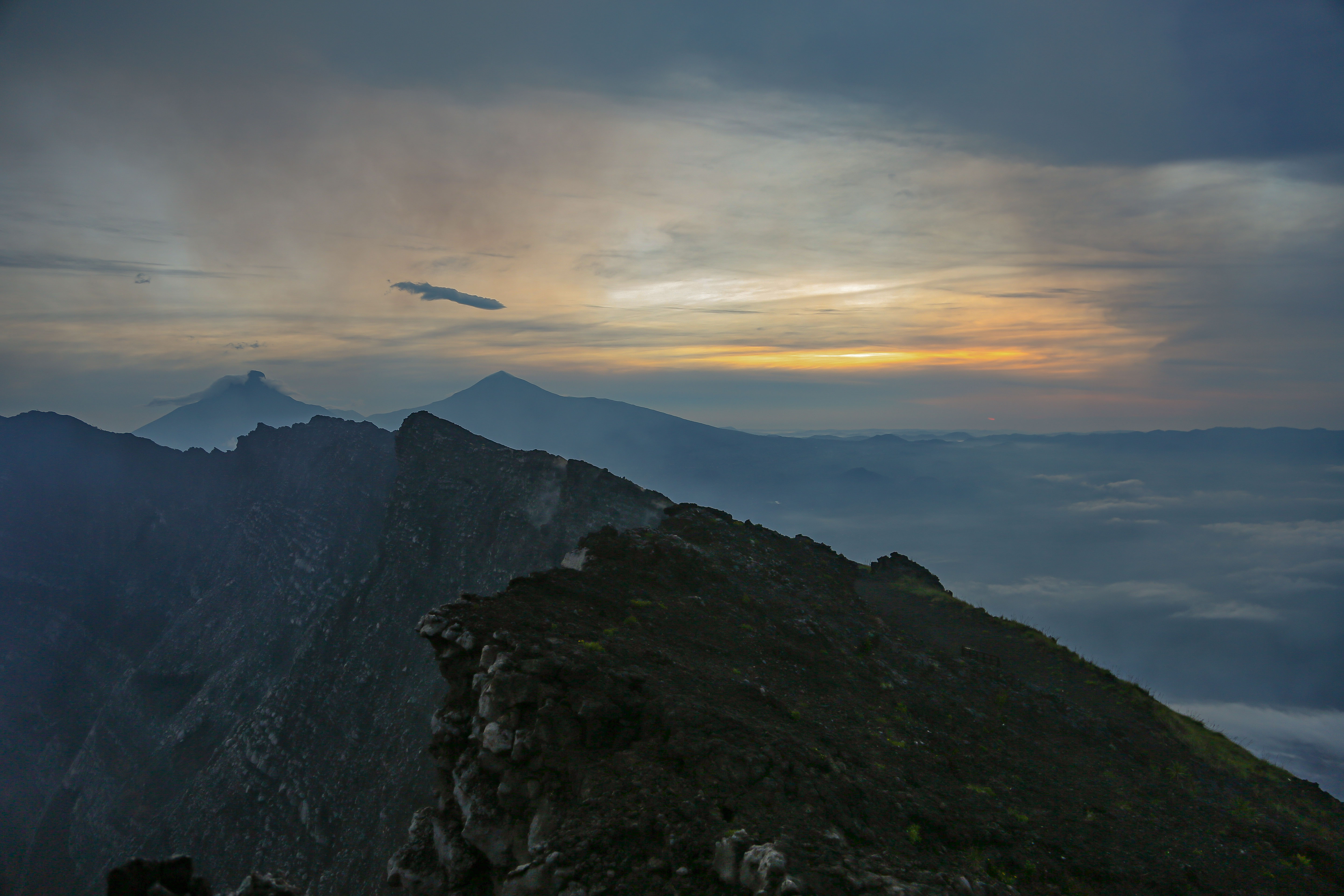
Volcanologists’ first descent into Nyiragongo Crater marked a key scientific milestone.
1950
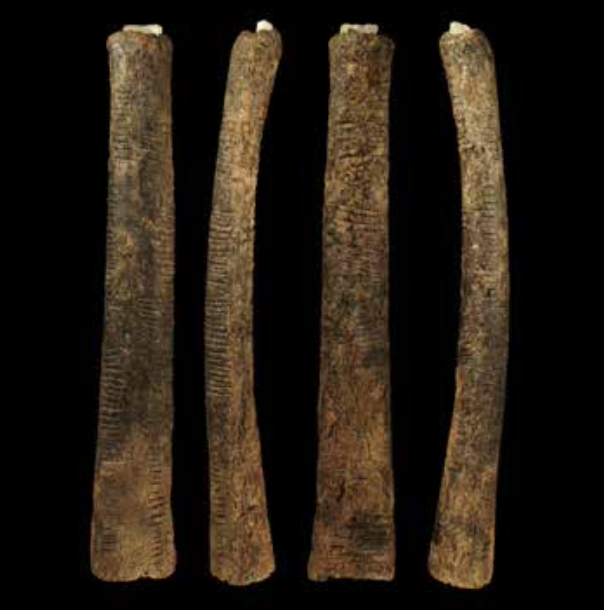
The Ishango Bones, discovered in the 1950s, revealed prehistoric bone engravings dating back up to 2 million years, showcasing early arithmetic practices
1954
1969
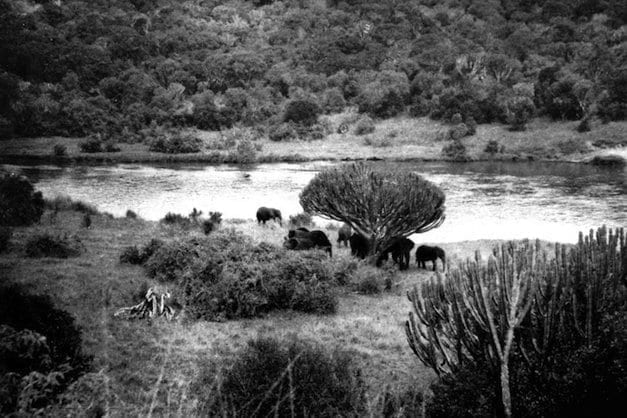
To promote national identity, Parc Albert was renamed Virunga National Park, honoring the Virunga Mountains.
1970
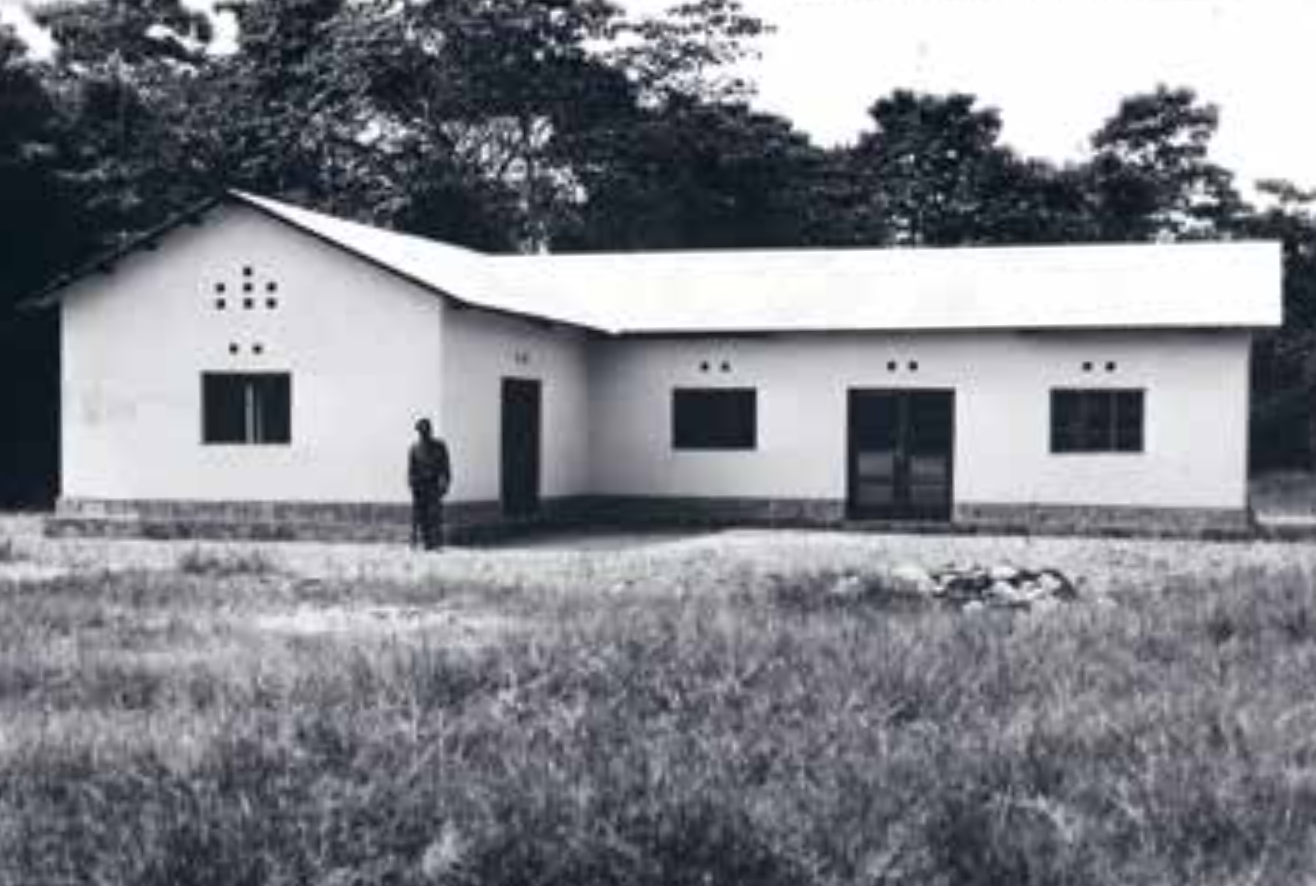
Research on hippos, migratory birds and the giant forest hog.
1974
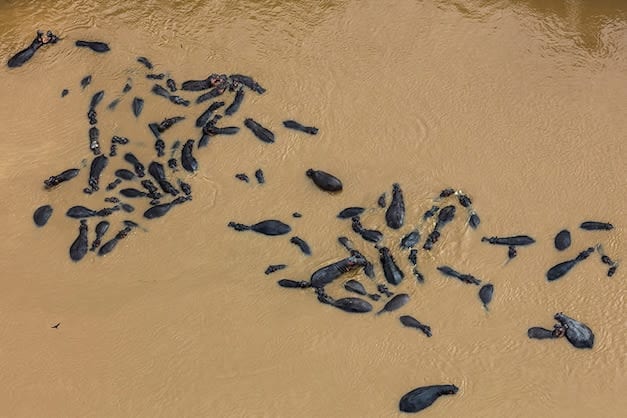
In 1974, Virunga recorded the world’s highest concentration of hippos, with 29,000 in its rivers and lakes.
1975
1979
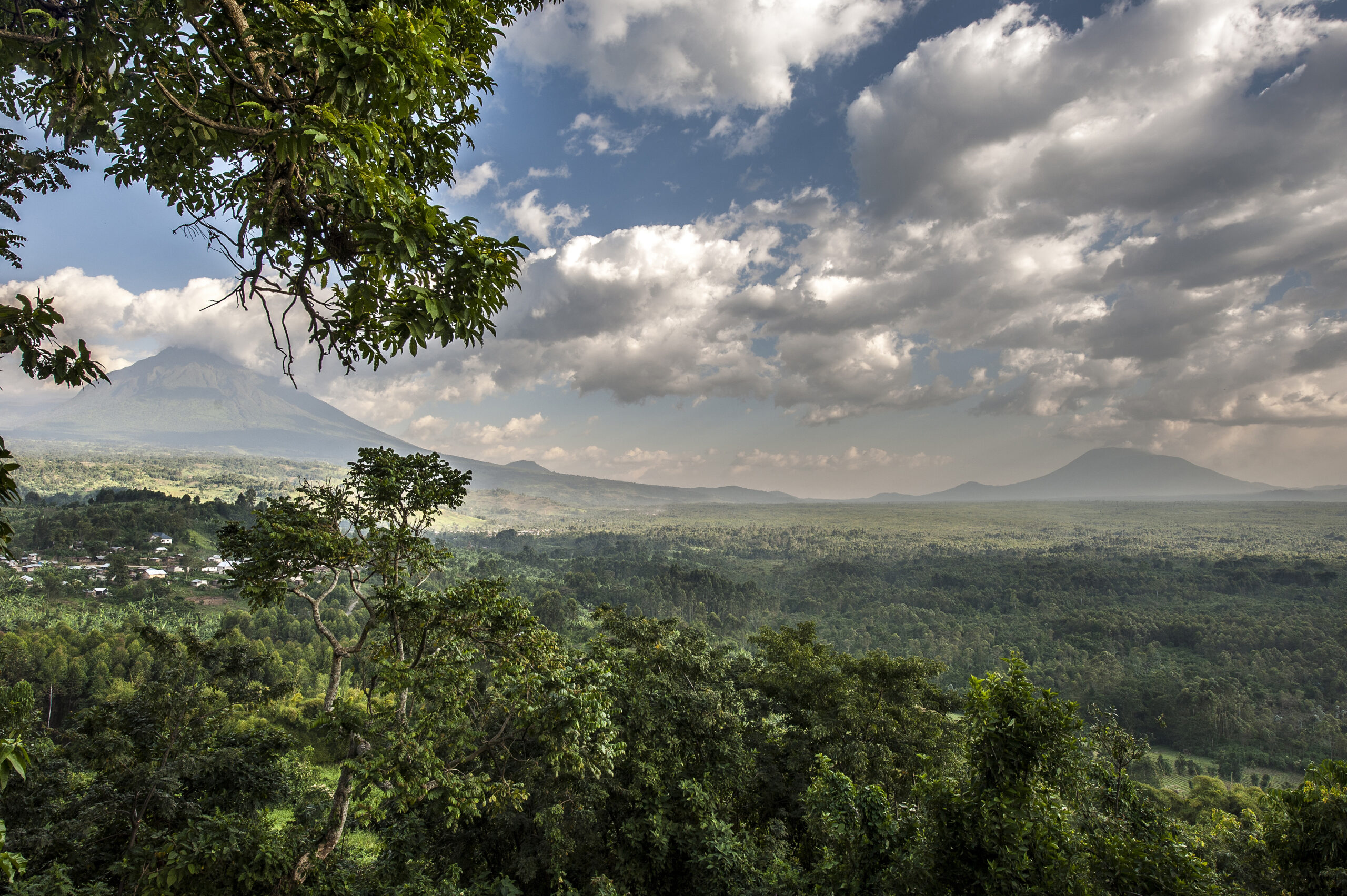
Virunga was inscribed on the UNESCO World Heritage List for its biodiversity, geological significance, and natural beauty.
1985
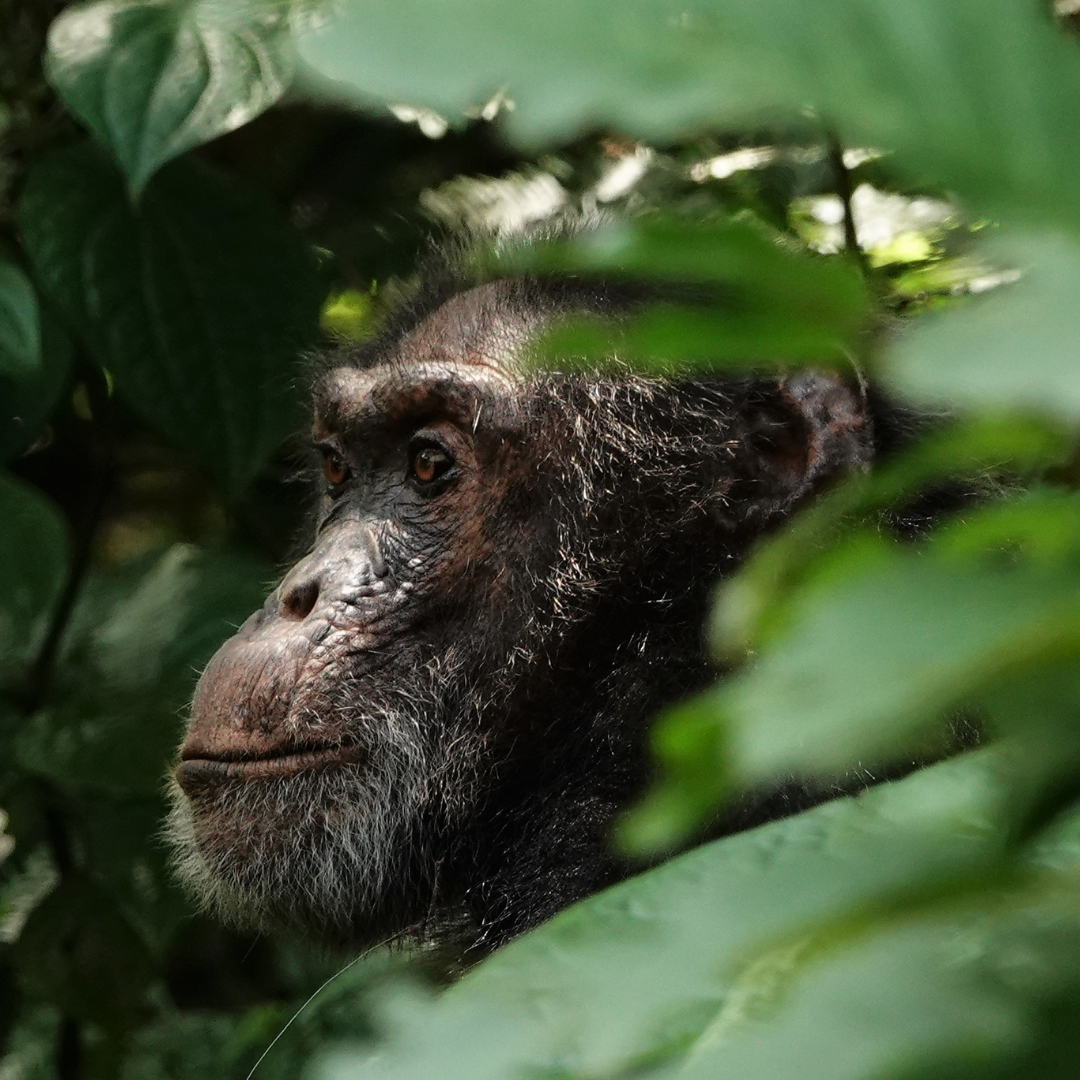
Wildlife tourism grew in the 1980s with gorilla and chimpanzee visits, boosting Virunga’s visibility and income.
1988

Launch of the Virunga Project under the Kivu Program, funded by the EU.
1991
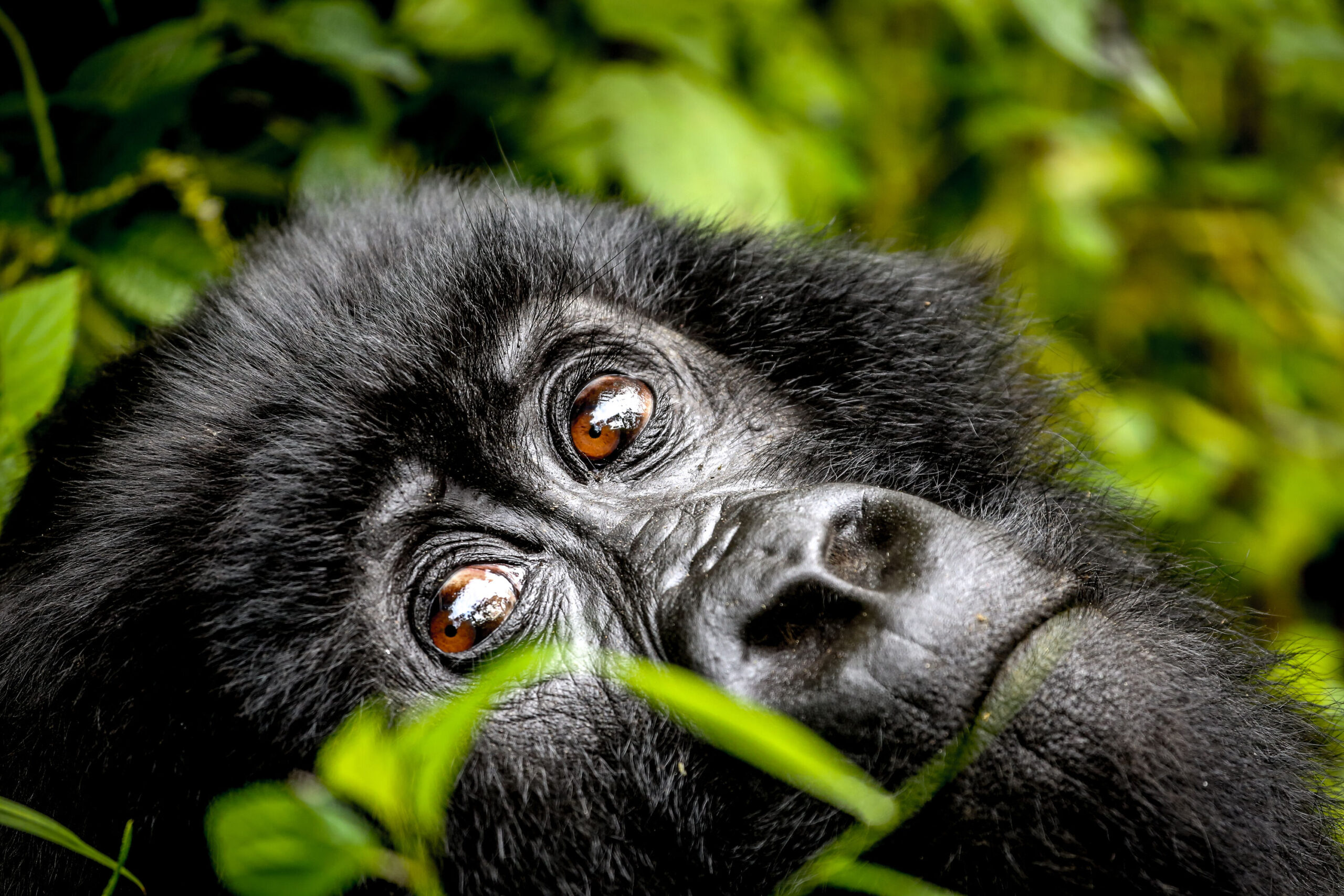
Created in 1991, IGCP is a regional initiative formed by a coalition of leading conservation NGOs.
1994

The Rwandan genocide forced nearly two million refugees into Virunga’s borders, straining the environment and Rangers.
1994

Virunga National Park is placed on the list of endangered World Heritage sites.
1995
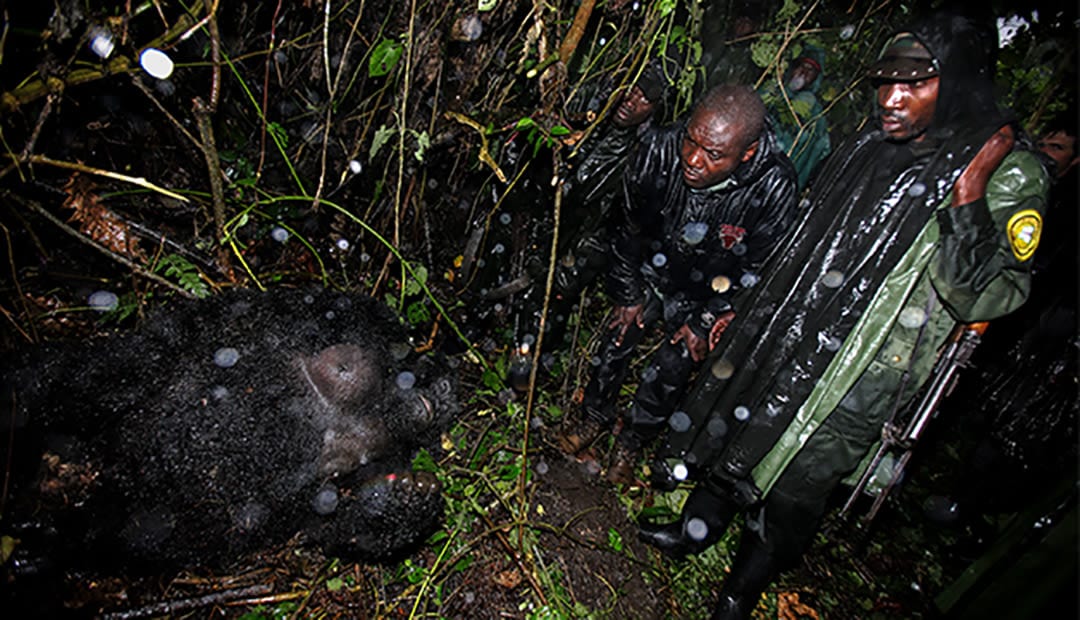
In July and August 1995, poachers killed four mountain gorillas in Virunga, marking the first such incident in ten years.
1996
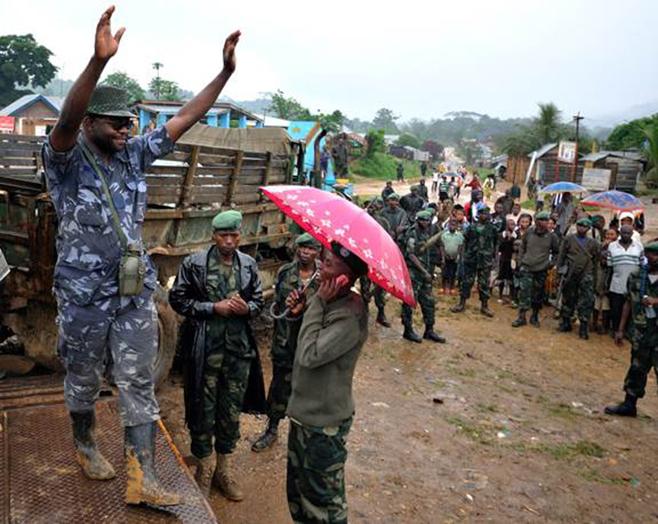
The regional conflict led to 5.6 million Congolese deaths, culminating in the AFDL's capture of Kinshasa in May 1997.
1997
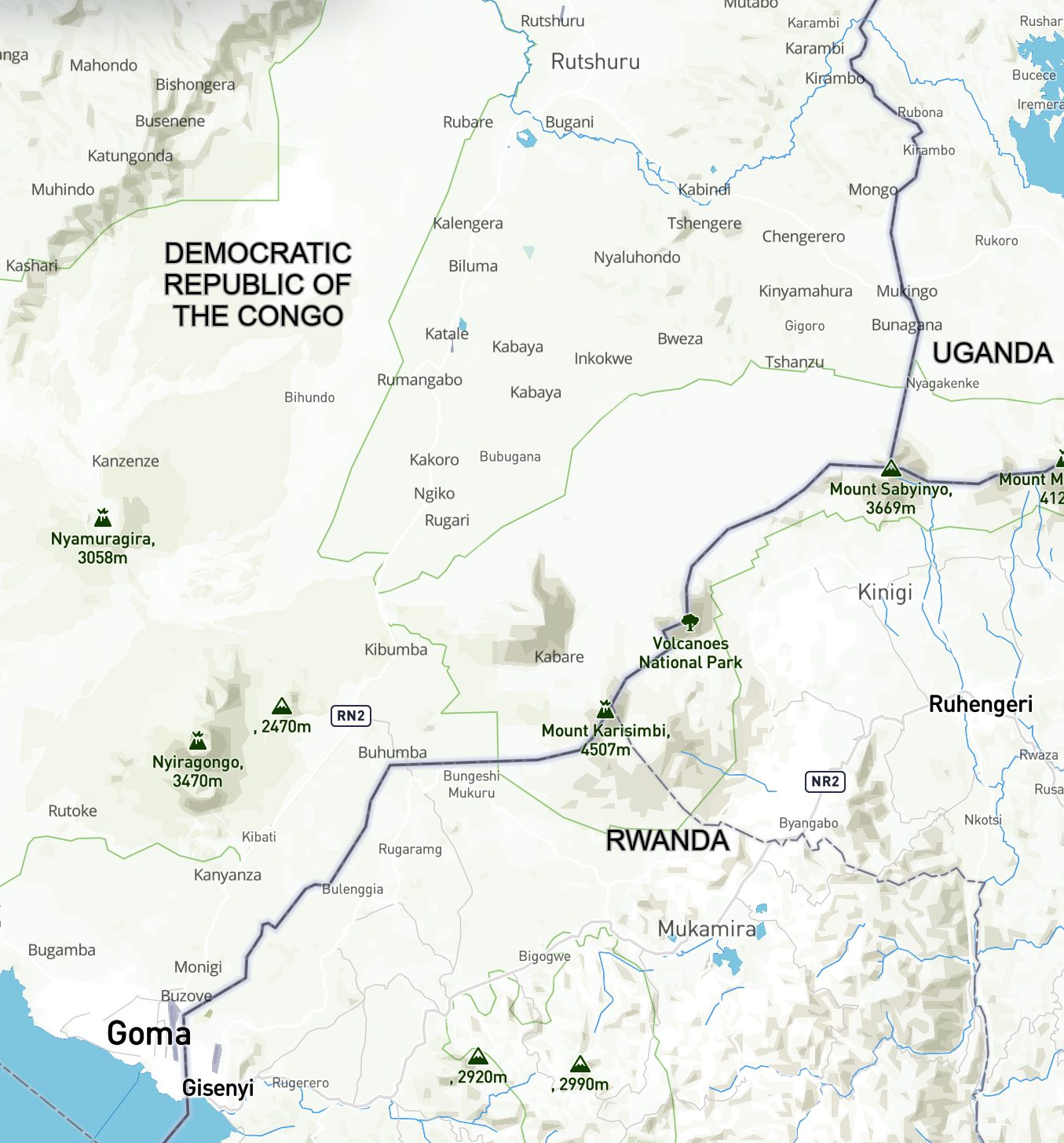
Development of operational mechanisms for a regional ecosystem approach, leading to the Greater Virunga Landscape.
1998
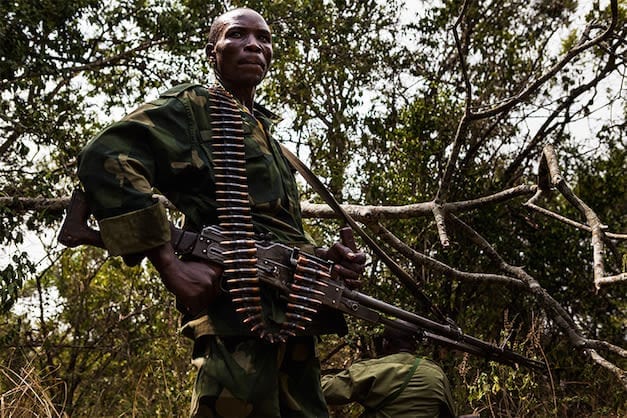
The conflict severely impacted eastern DRC, leading to heavy losses among ICCN staff and significant damage to Virunga National Park’s southern infrastructure.
2000
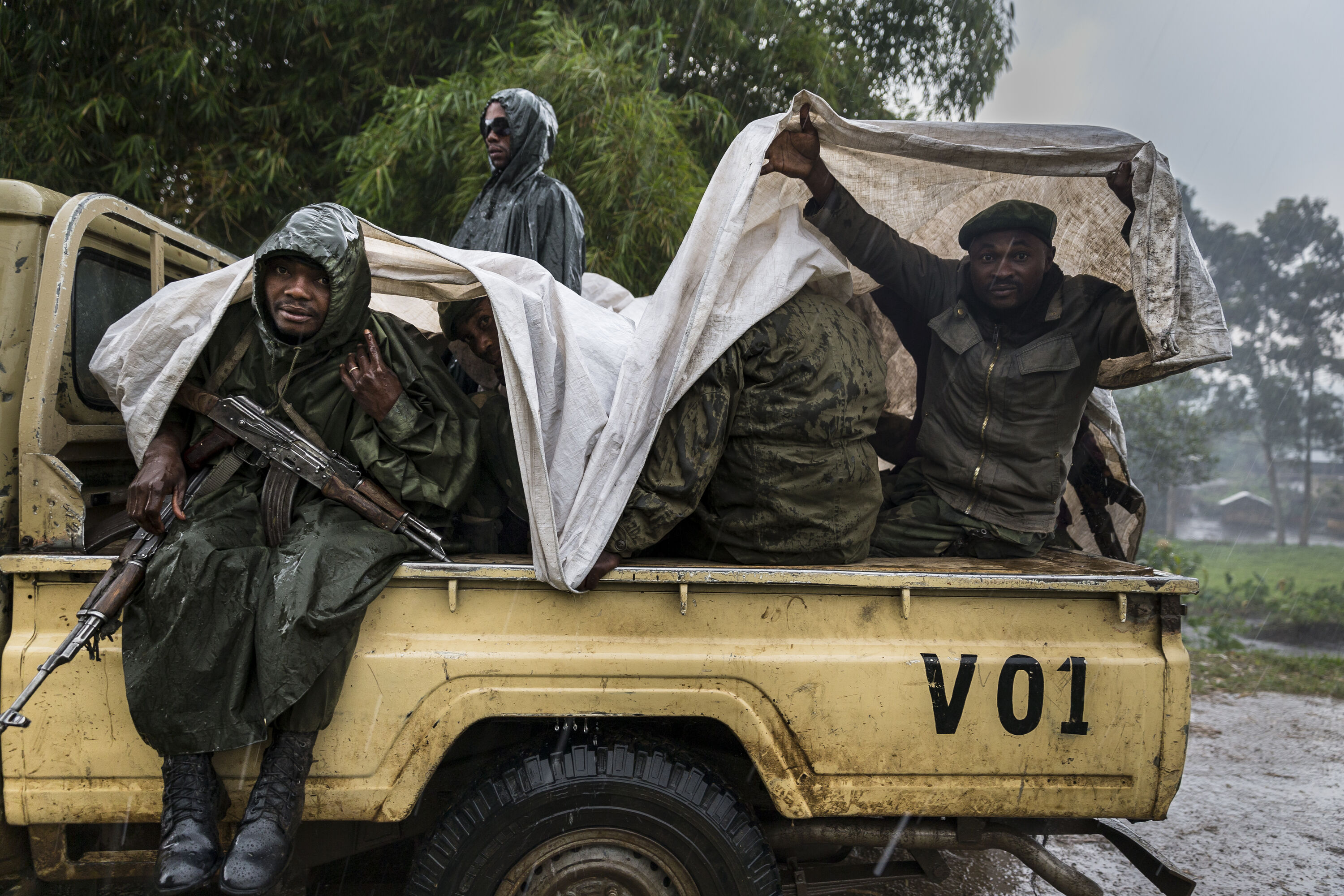
The northern sector of Virunga faced breaches, cattle herding, and poaching, weakening Rangers' efforts.
2001
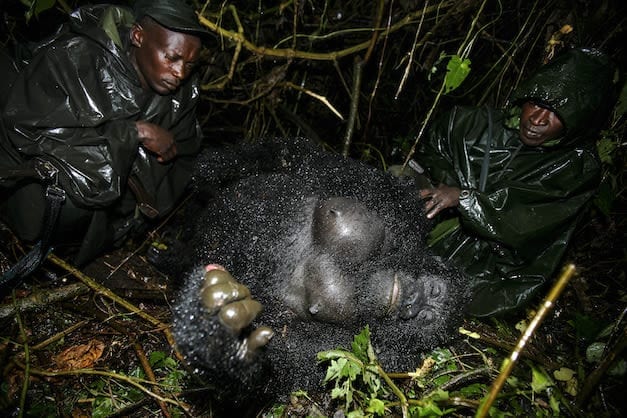
Silverback Rugendo was tragically killed by a rebel group in the Bukima area, after which his son, Senkwekwe, became the dominant silverback of the family.
2002
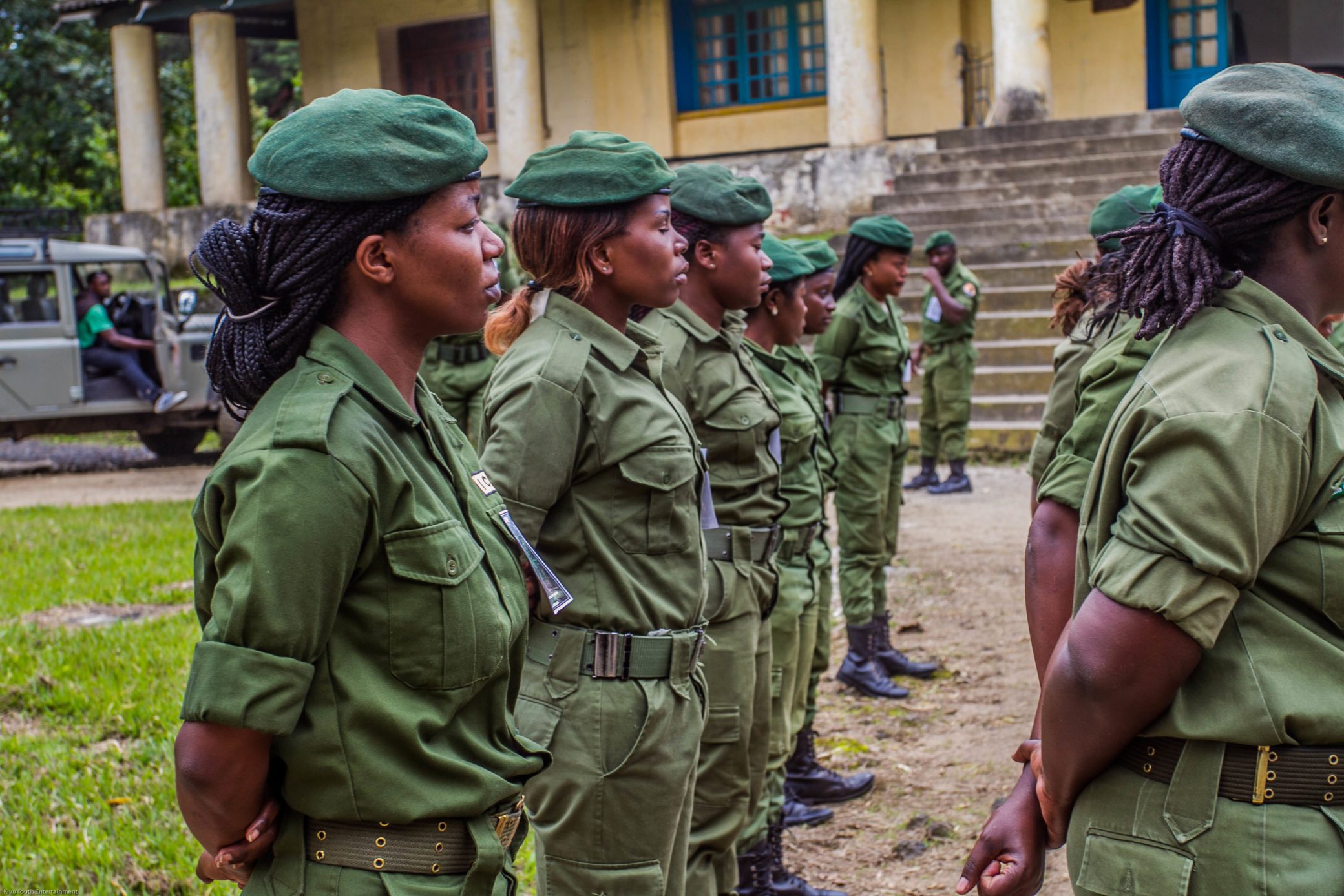
Thanks to international support, Virunga was able to count on 460 Rangers to protect the Park.
2002
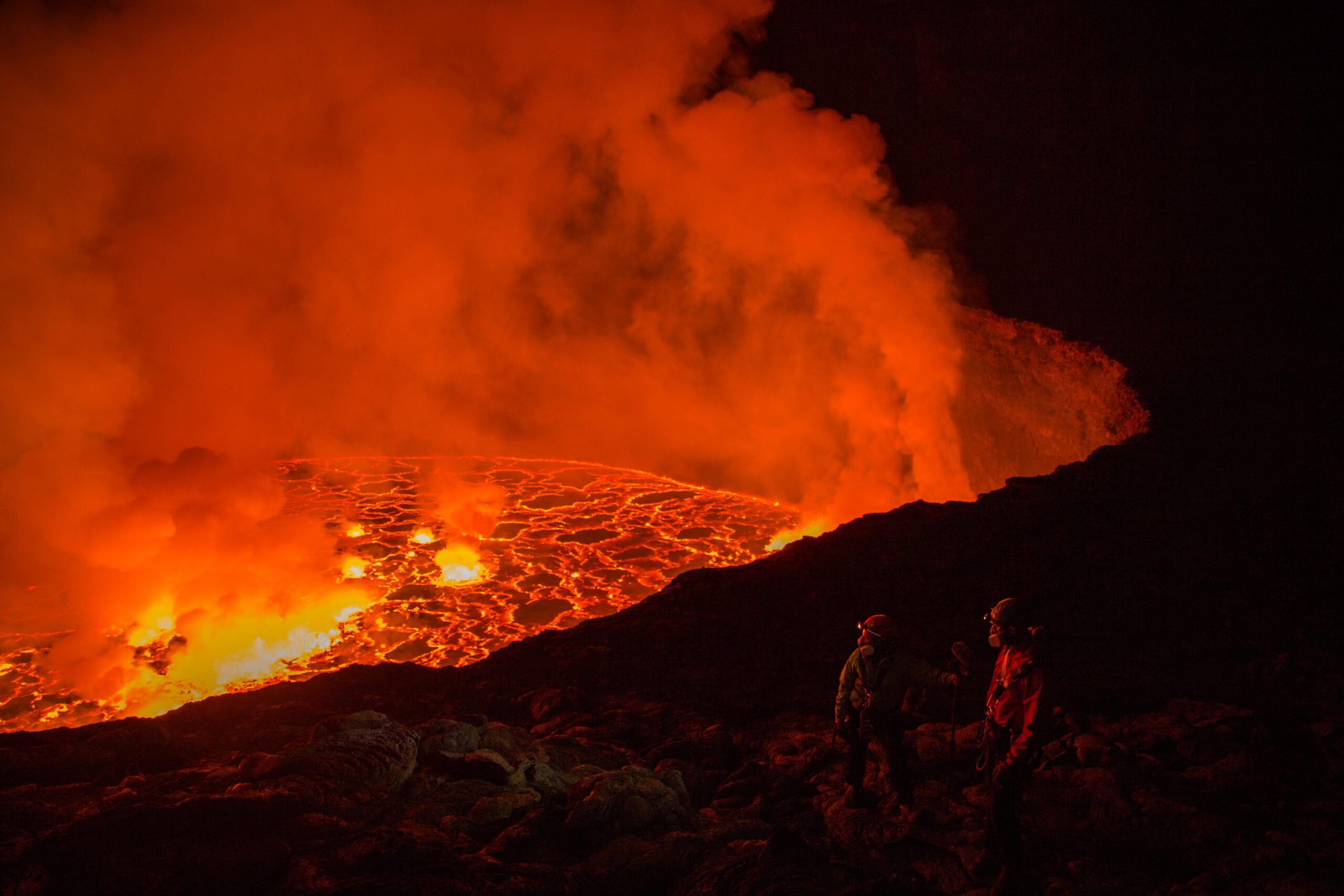
January 17, Nyiragongo volcano erupts, spreading lava through the city of Goma. 400,000 people are evacuated and 147 are killed in the eruption.
2003
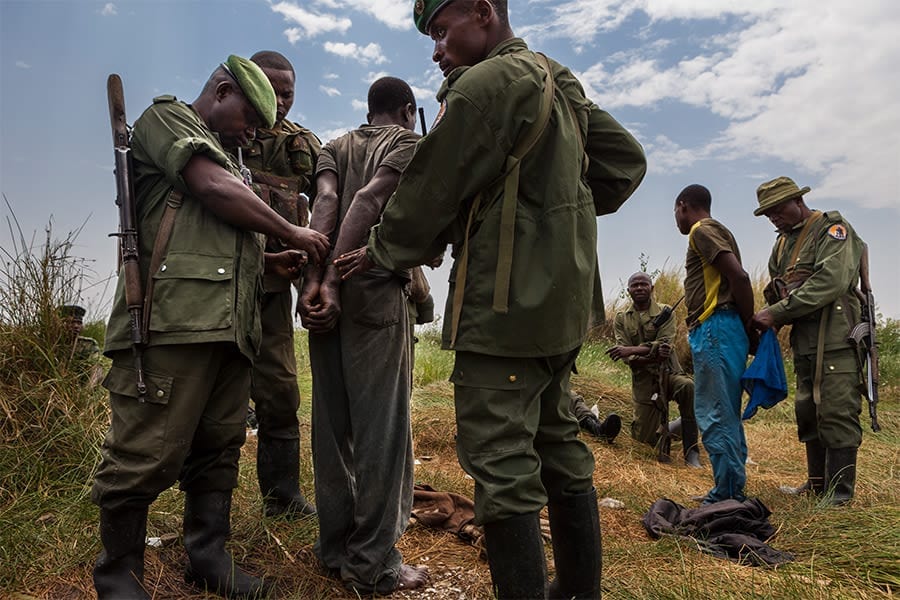
In April 2003, the government and rebel forces signed a peace agreement in an effort to end the war. However, military and rebel groups remained active in eastern Congo, continuing to fight, poach, and cut down trees.
2004
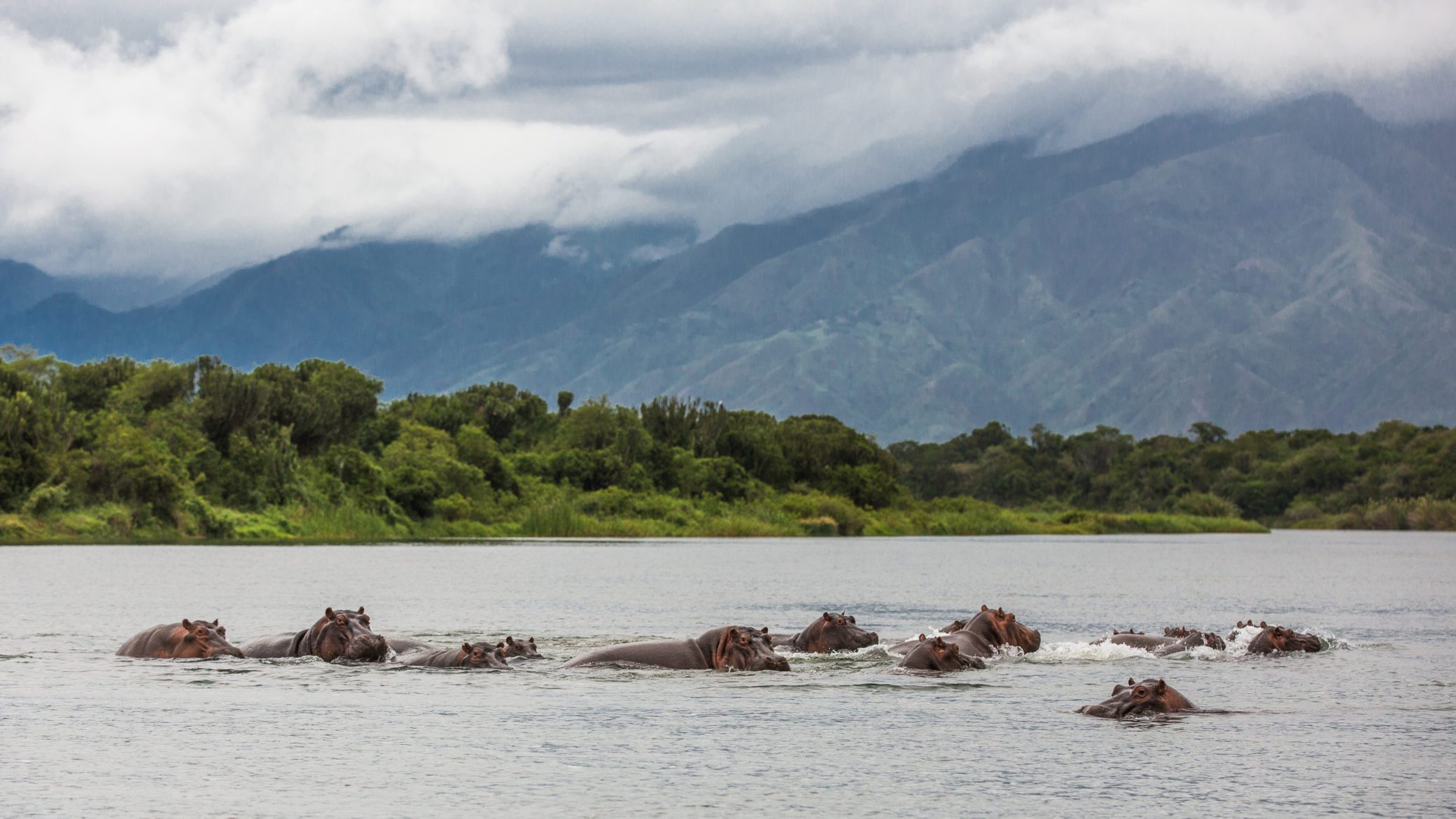
Local militia killed nearly 400 hippos. Only 629 remained in the Park, down from an estimated 30,000 in the 1960s–70s.
2005
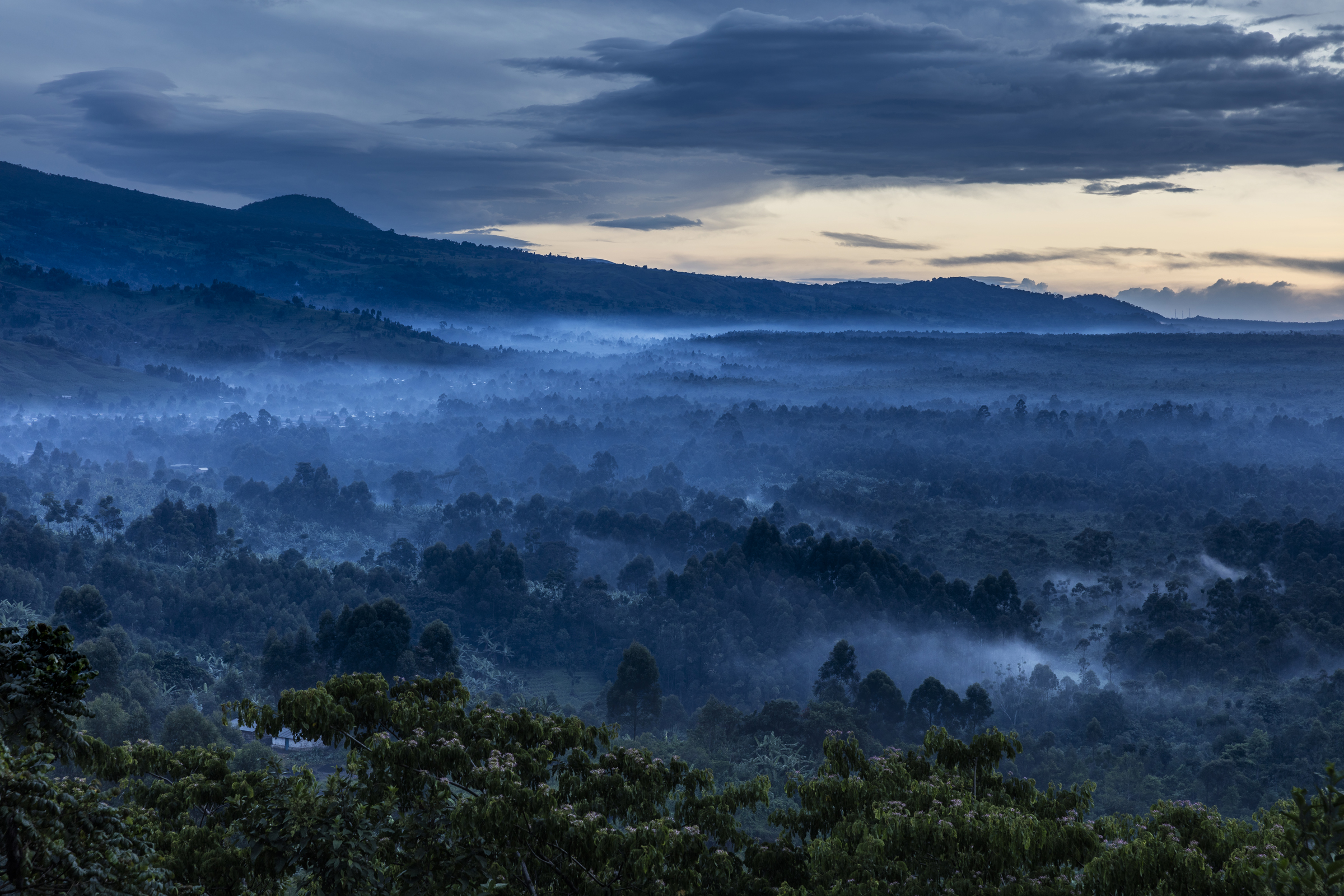
Cosma Wilungula, former General Director of ICCN, signed the first public-private partnership for the management of Virunga National Park.
2006
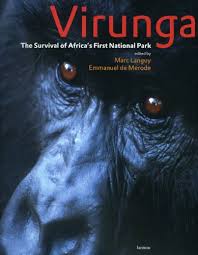
A new book by Marc Languy and Emmanuel de Merode highlights conservation in Virunga, blending history, science, and practical solutions for a Park shaped by conflict.
2007
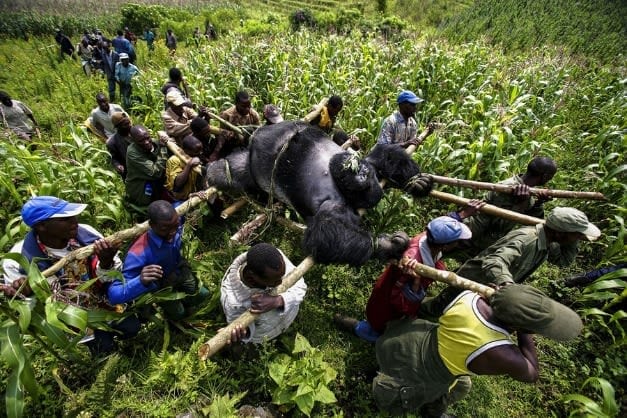
Seven mountain gorillas from the Rugendo family were murdered. This powerful image of the silverback Senkwekwe brought global attention to the horrific event.
2008
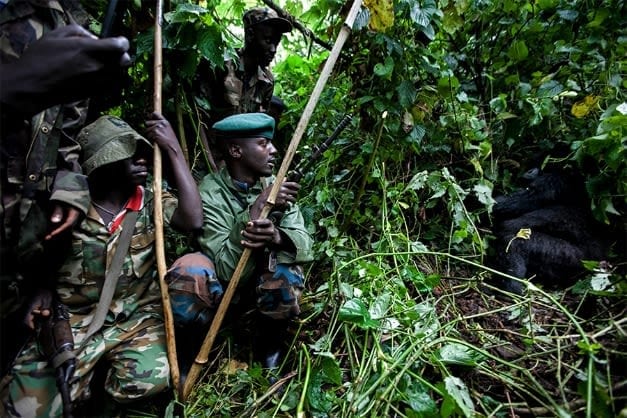
The gorilla massacres catalyzed a groundswell of efforts to protect Virunga. The Park’s governance structure is strengthened, and newly appointed staff negotiate access to the gorilla sector despite it being controlled by rebels.
2008
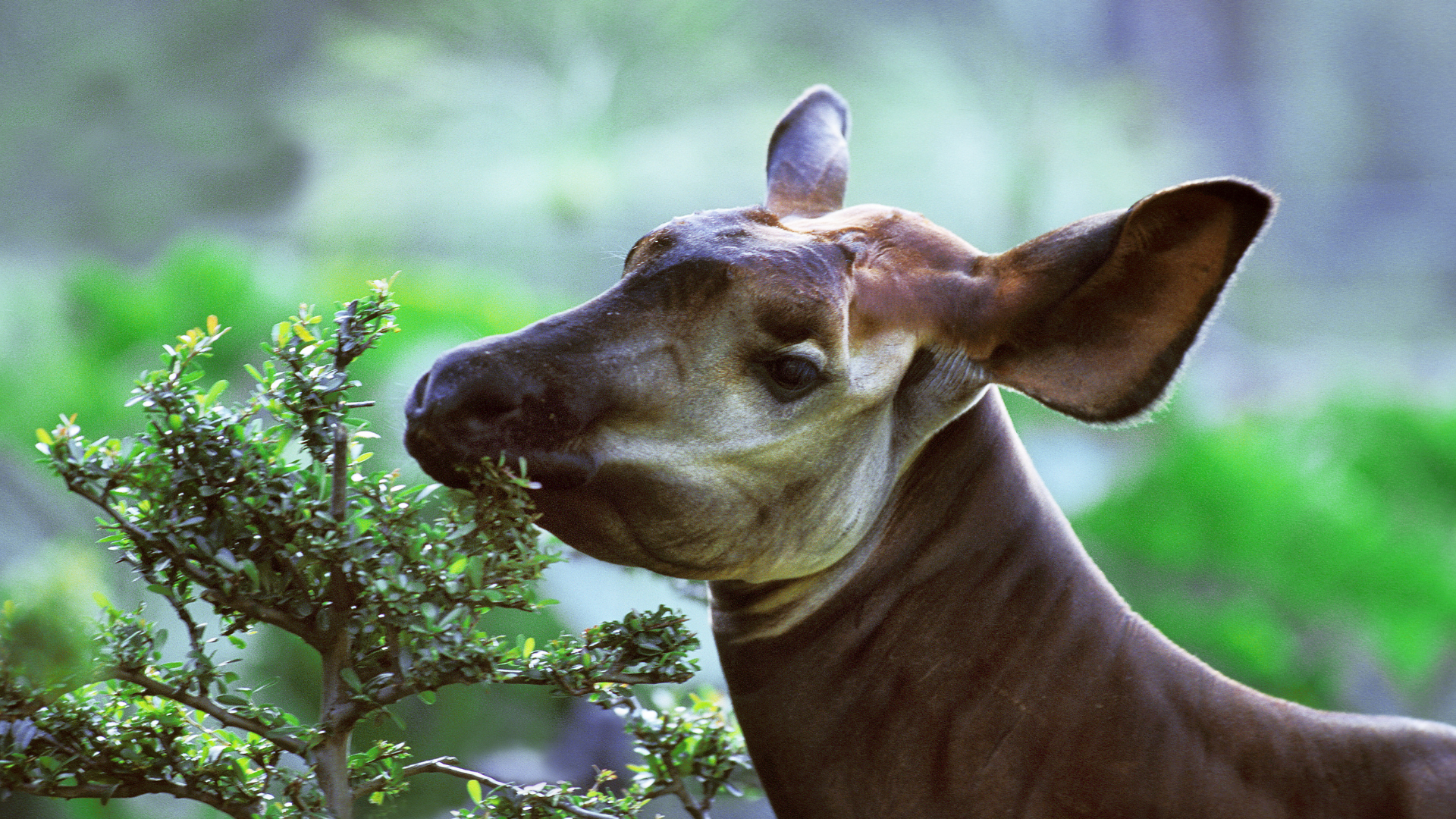
In 2008, an expedition identified okapis on both sides of the Semliki River, with a 2010 population estimate of 50–100.
2009
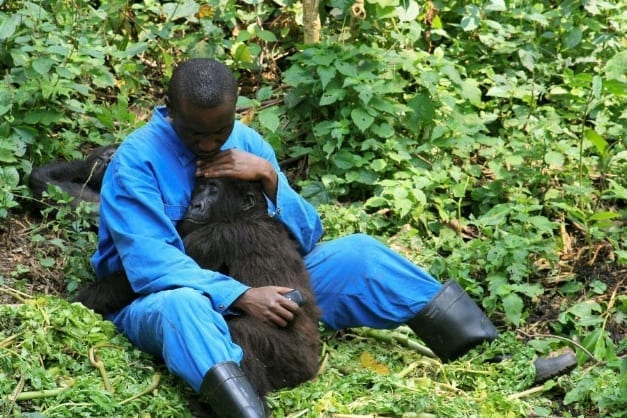
In direct response to the gorilla massacres, the Senkwekwe Centre was established to care for orphaned gorillas. It was the only facility of its kind in the world. As of December 2023, the Centre is closed, as it no longer has orphaned gorillas under its care.
2012
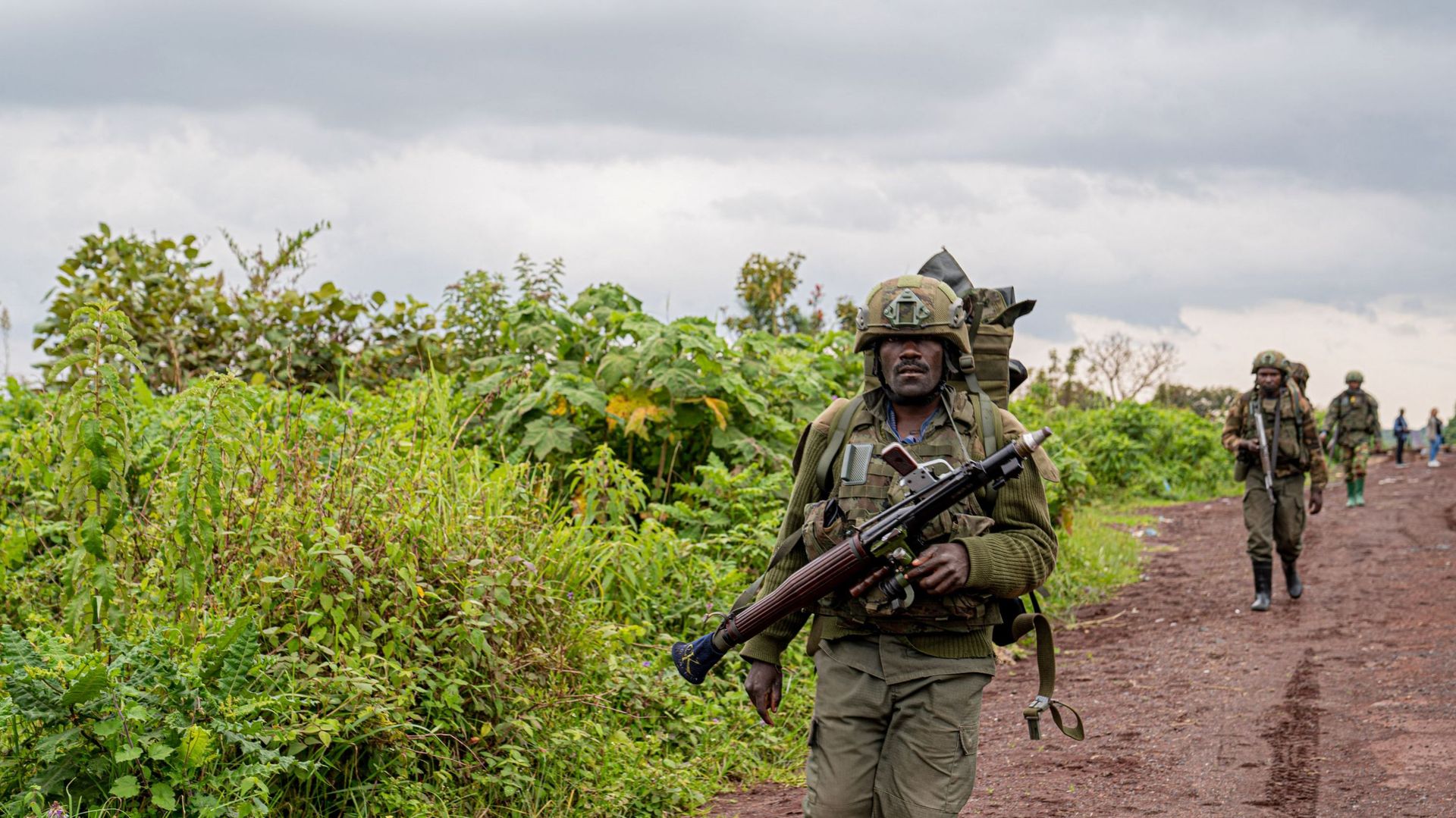
The M23 rebellion erupted in and around the Park. Virunga staff were caught in the fighting but managed to maintain their presence and eventually negotiated access to the Park to protect the mountain gorillas.
2012
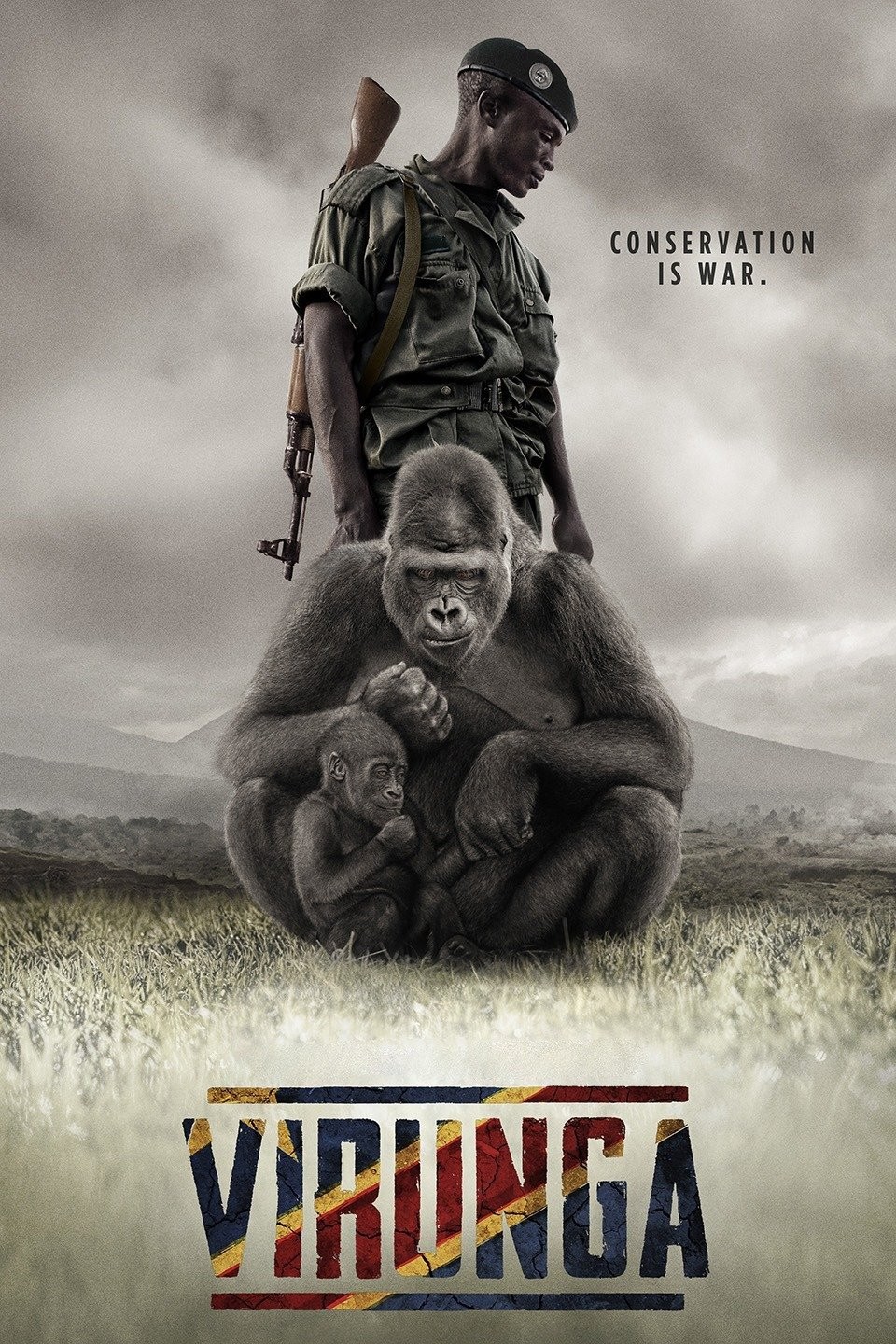
The film, blending documentary and investigative journalism, helped combat illegal oil exploitation and earned an Academy Award nomination in 2015.
2013
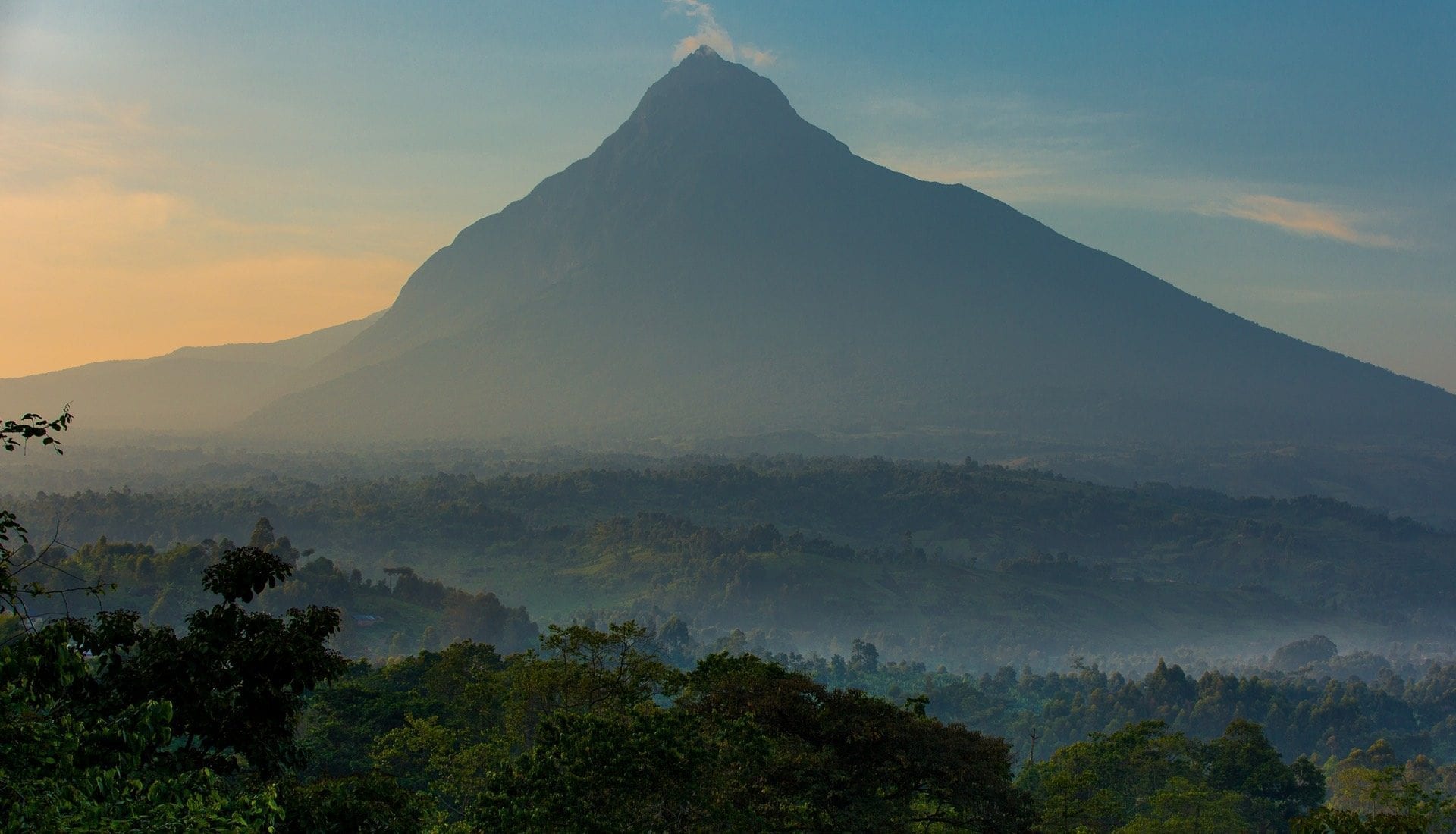
Launched in 2013, the Virunga Alliance unites public authorities, civil society, and the private sector for conservation, poverty reduction, and peace.
2013
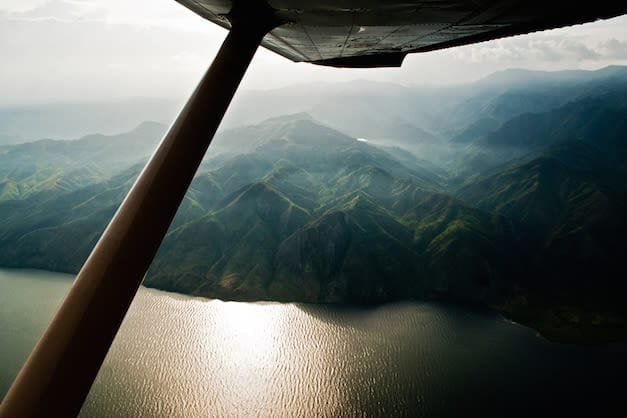
Oil exploration threatened the Park, raising deep concerns from the international community. Communities around Lake Edward feared the impact of potential oil activity on their livelihoods.
2014
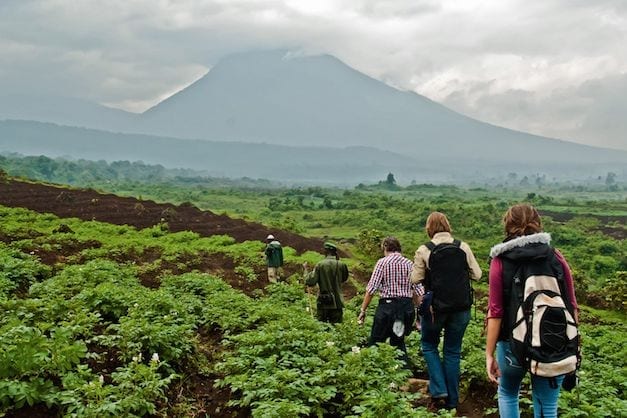
After the M23 war, tourism resumed in the Park, and Mikeno Lodge reopened to welcome visitors.
2015
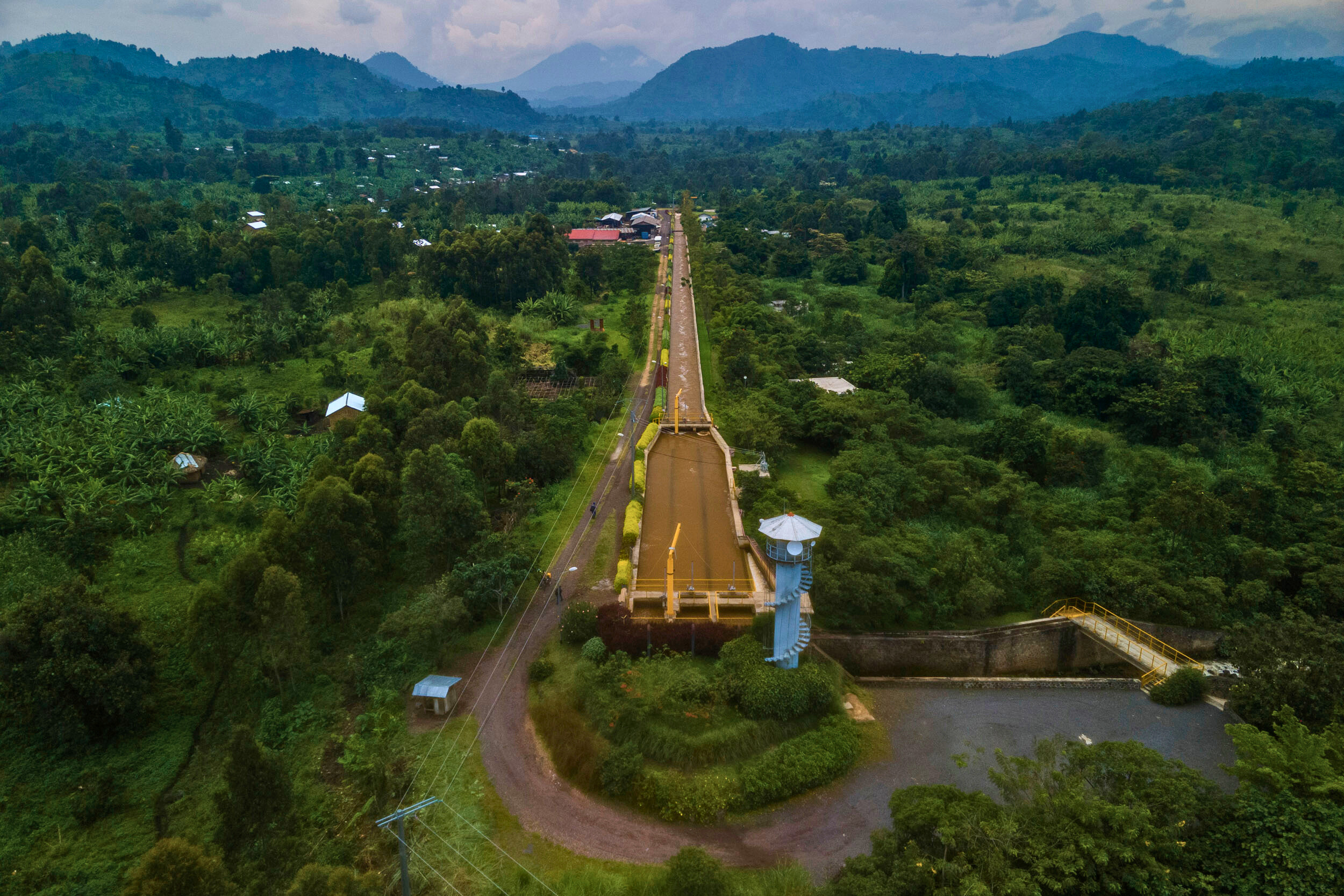
Inaugurated on December 16, 2015, the power plant generates 13.2 MW, overcoming the challenges of the M23 occupation.
2015
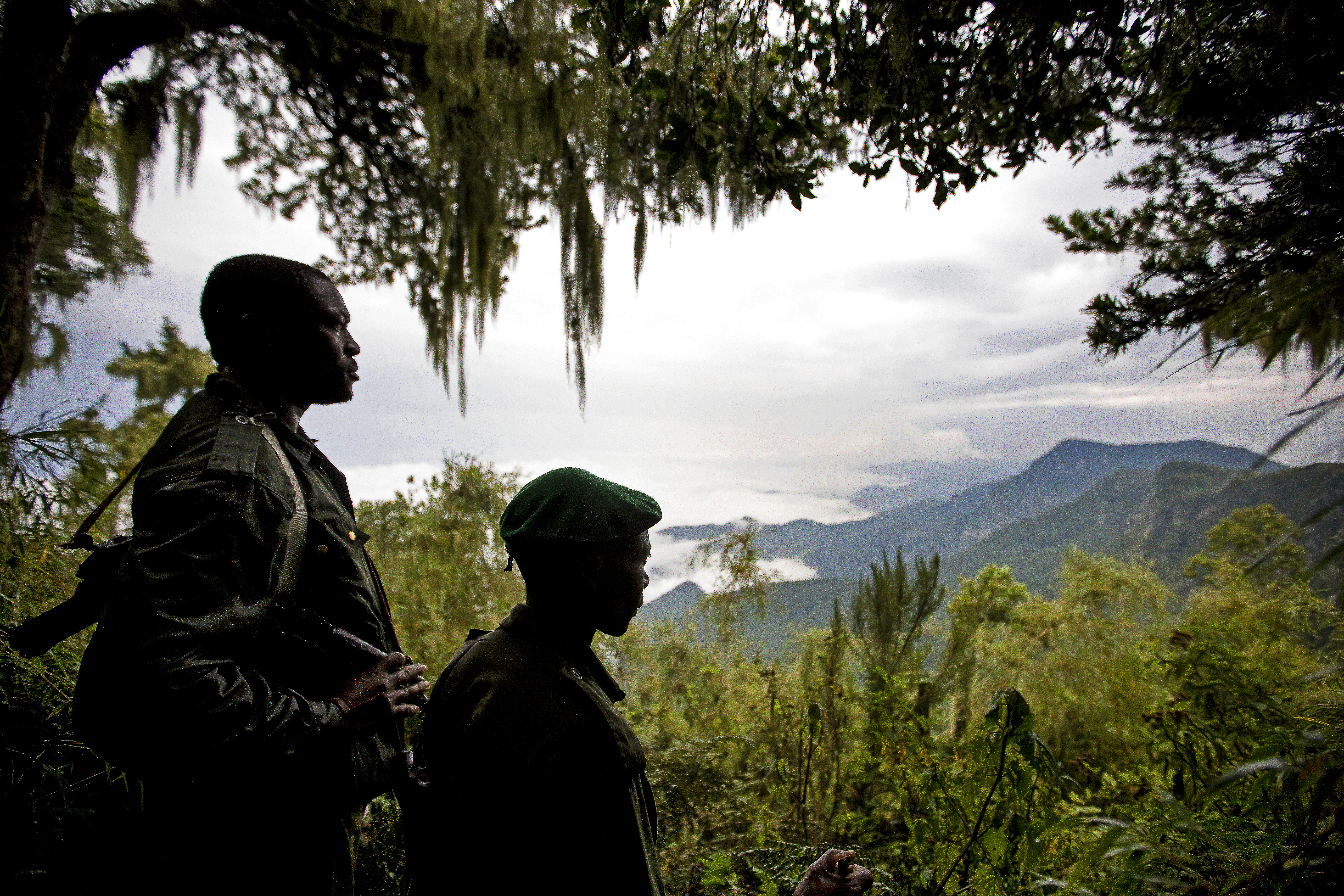
The UK oil company Soco announced that it will not renew its claim to an oil concession in Virunga National Park.
2016
A cross-border census recorded 604 mountain gorillas, with 286 in Virunga, which saw the highest population increase—five times larger over 40 years.
2017
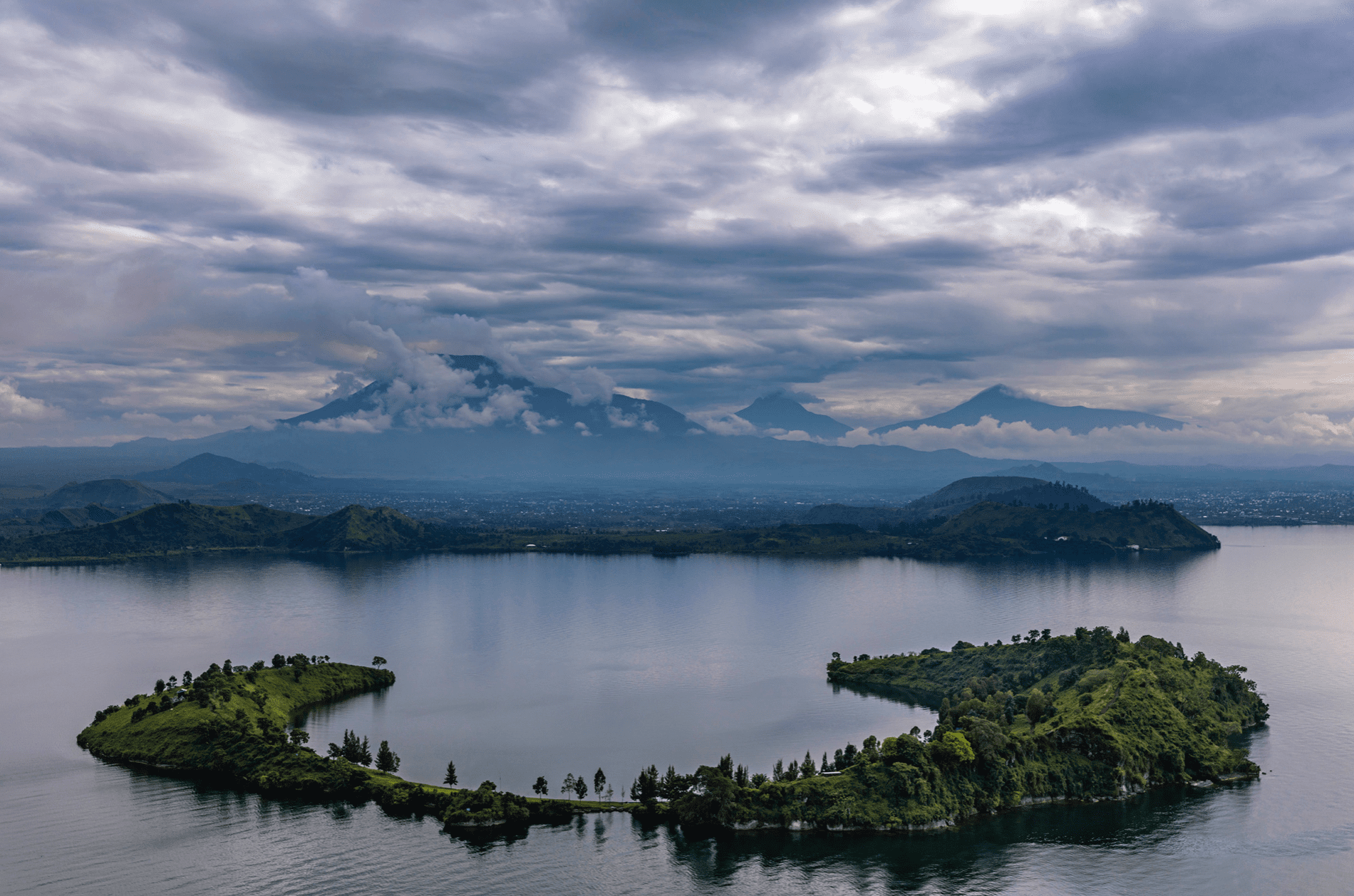
Years of calm led to a surge in tourism, with visitors rising from 400 in 2014 to 4,813 in 2017, making Virunga the DRC’s top tourist destination.
2017
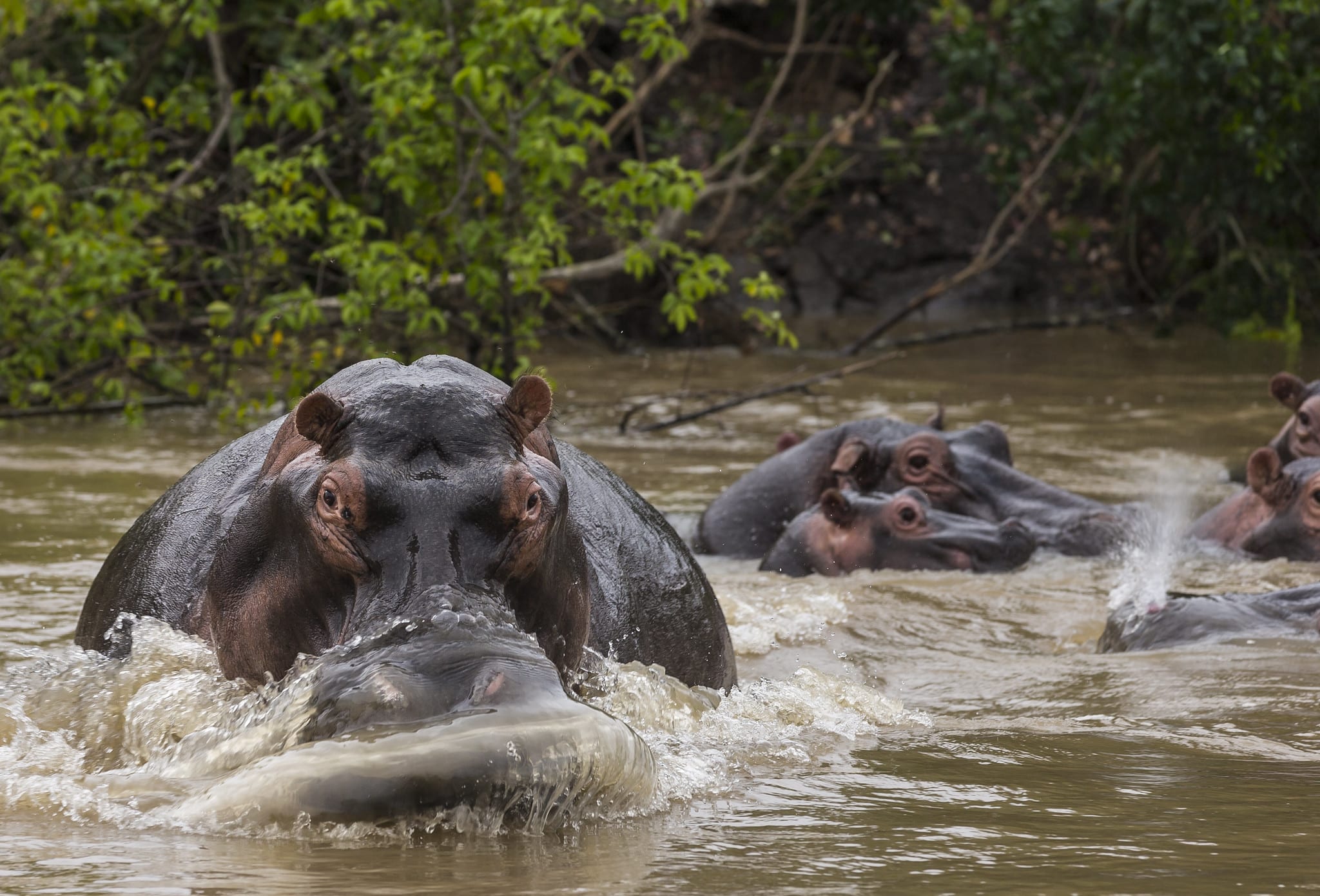
Despite decades of challenges from subsistence poaching, the Park's efforts to protect and revive the hippo population led to significant progress. For the first time in 20 years, the number of hippos increased to over 2,000 in 2017.
2018
In 2018, the mountain gorilla was officially removed from the IUCN’s critically endangered list, marking a major victory for the national parks of the DRC, Rwanda, and Uganda.
2019
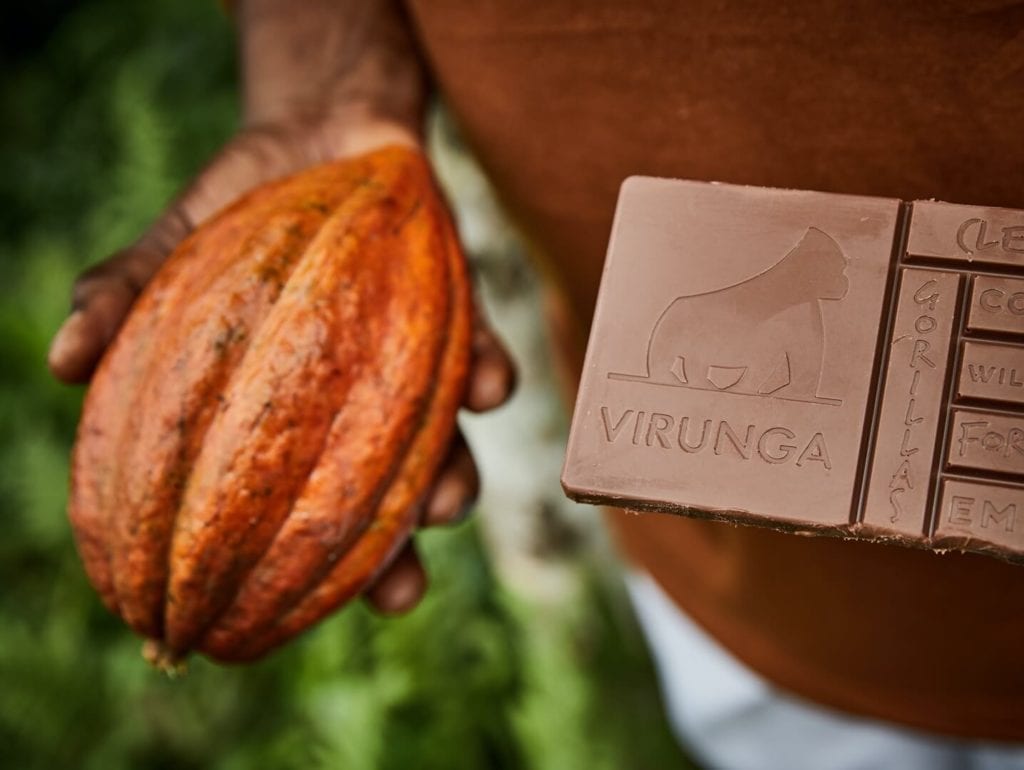
Founded in 2019, Virunga Origins produces the only chocolate made in Congo, gaining popularity for its quality in both the DRC and Europe.
2020
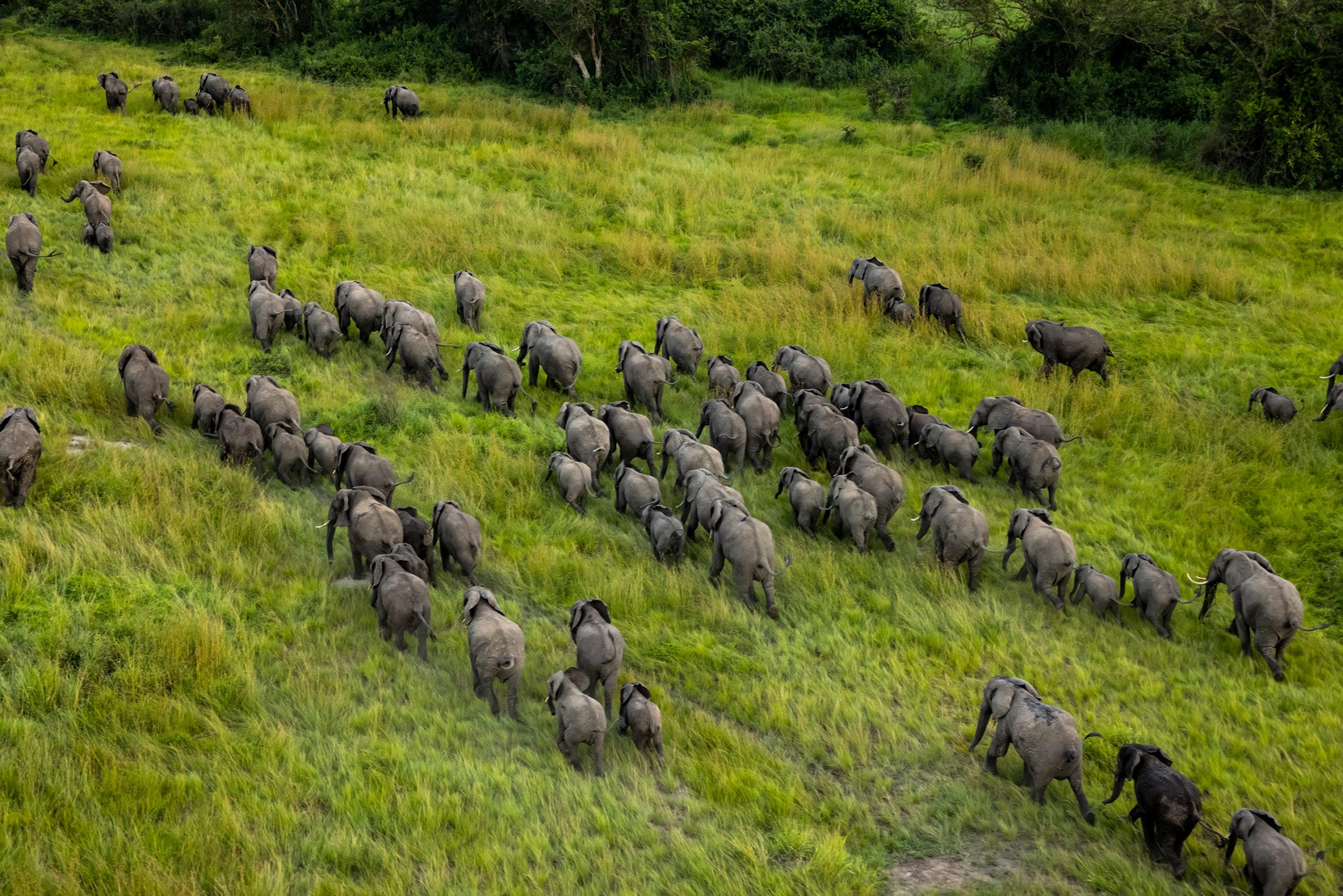
The largest elephant herd—over 500 individuals—since the 1980s was observed in the Ishasha corridor of Virunga, one of Africa's most spectacular protected areas.
2021
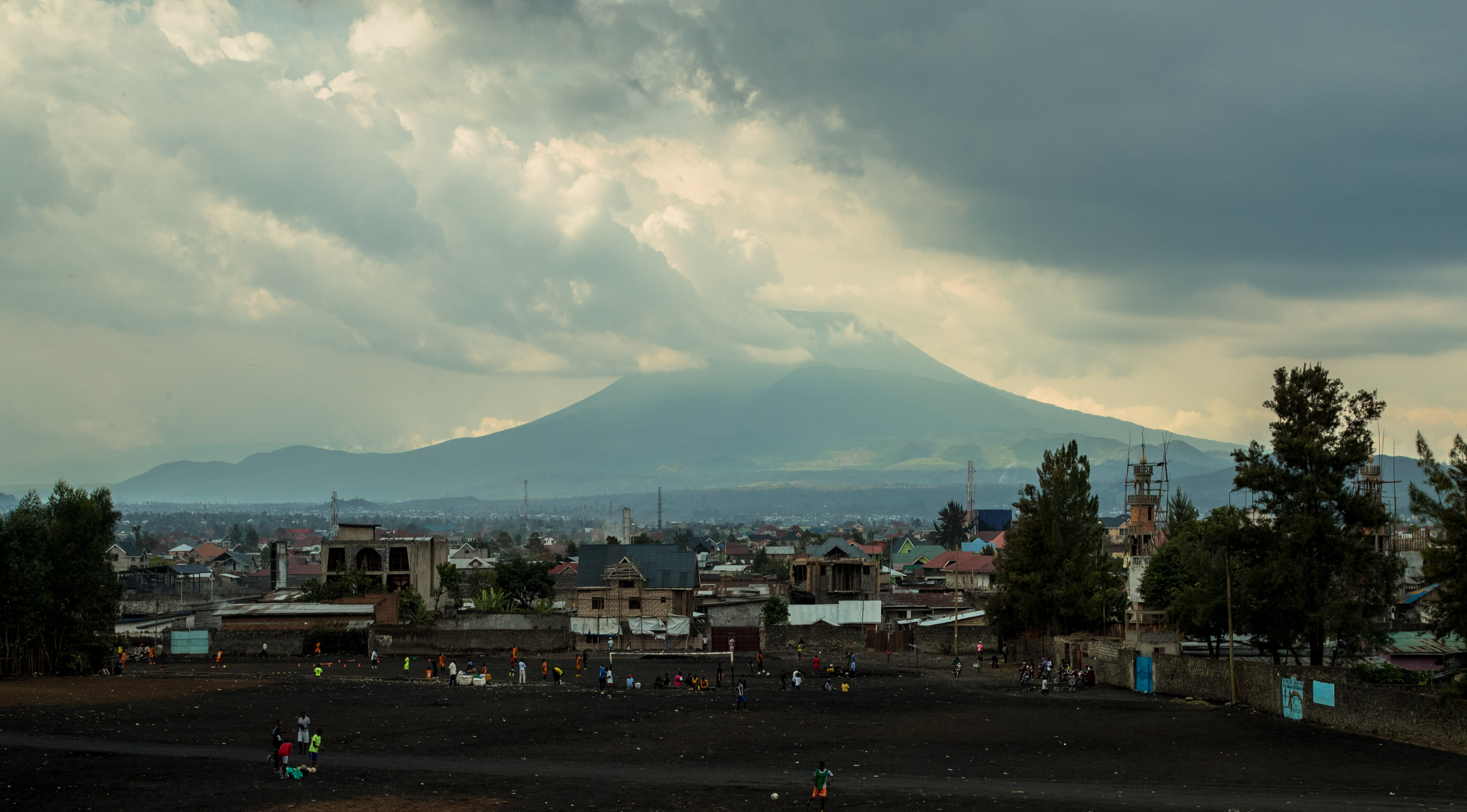
On May 22, 2021, Mount Nyiragongo erupted, devastating Goma, a city already plagued by poverty and instability.
2022

Already responsible for a conflict in 2012, the M23 is once again taking up arms against the FARDC. Its offensive is supported by the Rwandan army, deployed on Congolese territory, giving the conflict an inter-state dimension.
2024
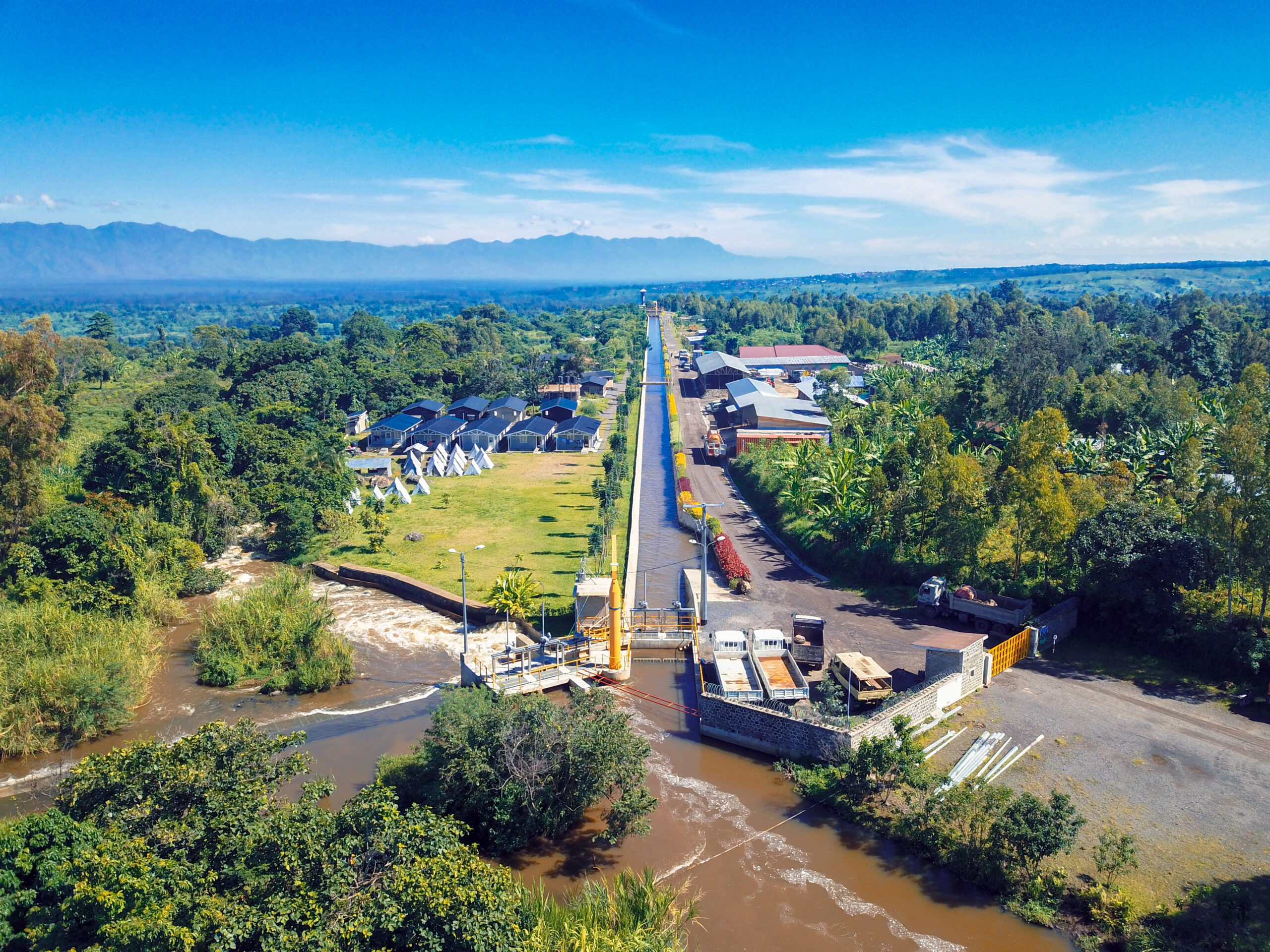
By the end of 2024, Virunga Energies was operating four hydroelectric plants (Mutwanga, Matebe, Luviro, Rwanguba) and a small solar farm (Nyamilima), producing 45 MW of green electricity. Virunga Energies had nearly 35,000 customers, with growth of 4,000 to 6,000 subscribers per year.
2025
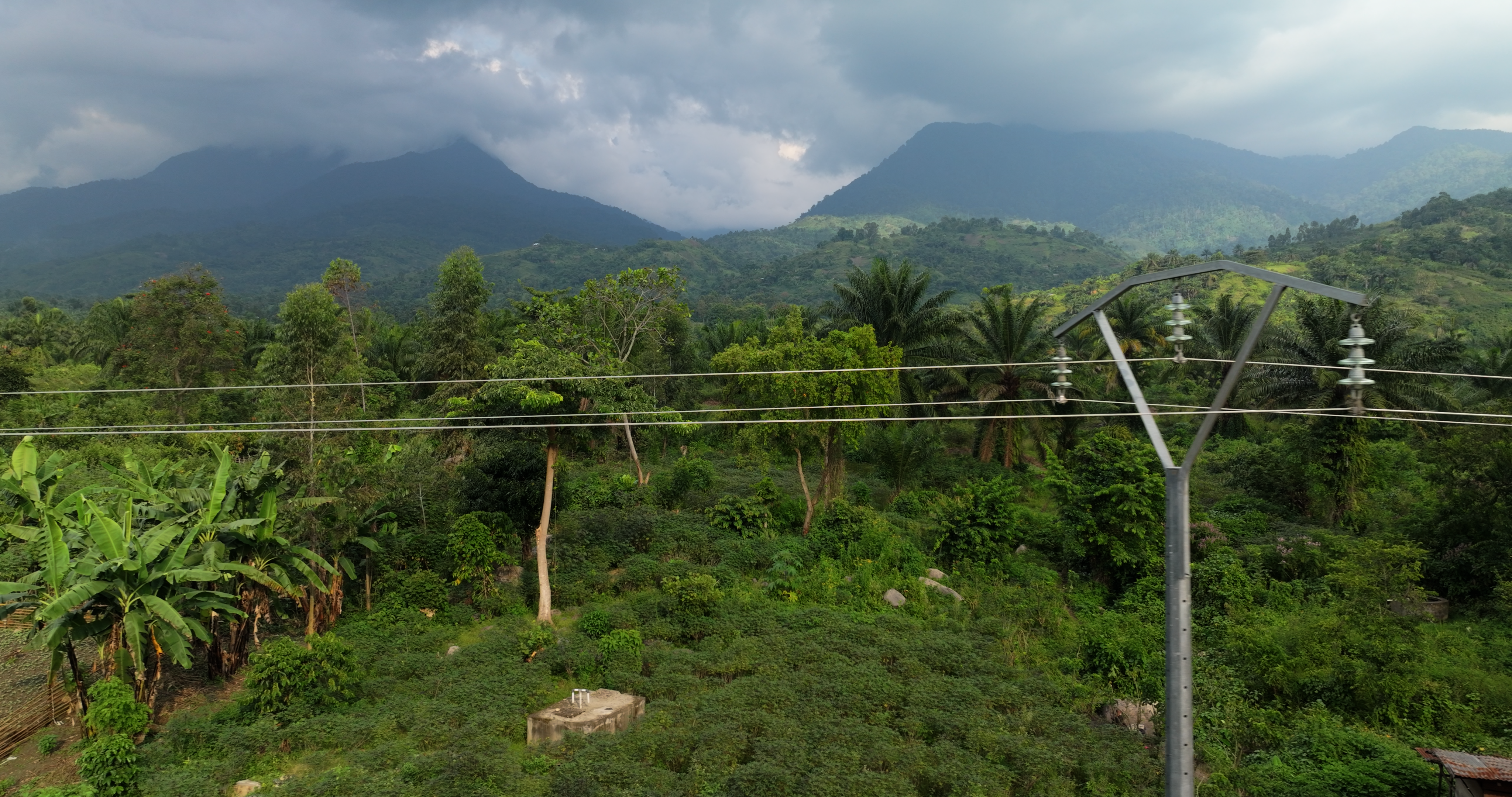
The Kivu-Kinshasa Green Corridor Reserve will protect 500,000 km² of forest, aiming to preserve biodiversity, fight climate change, and create 500,000 jobs by 2030.
2025
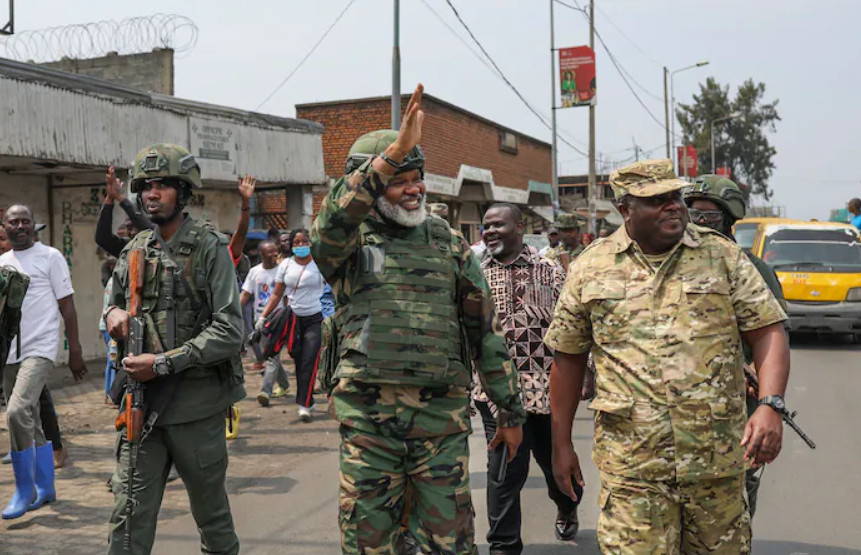
A major offensive by the M23 enabled them to take the town of Goma, capital of North Kivu, before continuing their advance and seizing other towns in the Kivu region, including Bukavu, capital of South Kivu.
2025
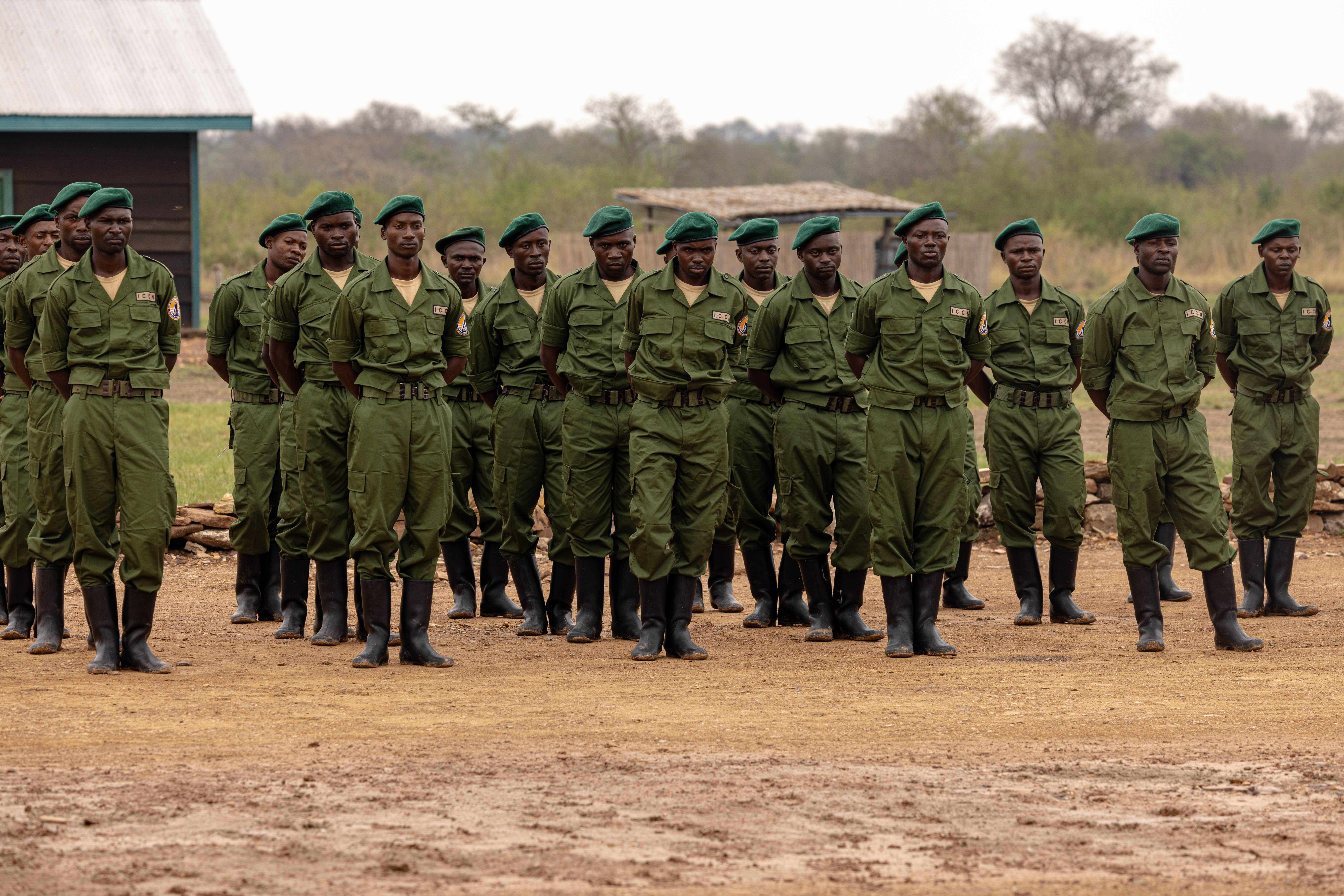
62 new Rangers graduated as the 8th cohort of Virunga, pledging loyalty and bravery in support of conservation, peace, and sustainable development.
1925 - 1969
Origins & Early Development
1970 - 1991
Growth, Conservation, and Global Recognition
1992-2008
Virunga in Crisis: Conflict, Poaching, and Survival
2008-2019
Conservation, Recovery, and Resilience
2020-2025
Survival and Progress in the 2020s
1925

Virunga National Park, originally Parc Albert, is Africa’s first national park.
1935

The November 12 decree officially established the Park’s boundaries.
1938

By 1938, Parc Albert had a dedicated team of 49 Rangers tasked with protecting its wildlife and ensuring the conservation of this protected area.
1939

In 1939, the Park welcomed its first tourists, marking the start of ecotourism.
1941

Rumangabo became the main headquarters for the southern sector.
1948

Volcanologists’ first descent into Nyiragongo Crater marked a key scientific milestone.
1950

The Ishango Bones, discovered in the 1950s, revealed prehistoric bone engravings dating back up to 2 million years, showcasing early arithmetic practices
1954
1969

To promote national identity, Parc Albert was renamed Virunga National Park, honoring the Virunga Mountains.
1970

Research on hippos, migratory birds and the giant forest hog.
1974

In 1974, Virunga recorded the world’s highest concentration of hippos, with 29,000 in its rivers and lakes.
1975
1979

Virunga was inscribed on the UNESCO World Heritage List for its biodiversity, geological significance, and natural beauty.
1985

Wildlife tourism grew in the 1980s with gorilla and chimpanzee visits, boosting Virunga’s visibility and income.
1988

Launch of the Virunga Project under the Kivu Program, funded by the EU.
1991

Created in 1991, IGCP is a regional initiative formed by a coalition of leading conservation NGOs.
1994

The Rwandan genocide forced nearly two million refugees into Virunga’s borders, straining the environment and Rangers.
1994

Virunga National Park is placed on the list of endangered World Heritage sites.
1995

In July and August 1995, poachers killed four mountain gorillas in Virunga, marking the first such incident in ten years.
1996

The regional conflict led to 5.6 million Congolese deaths, culminating in the AFDL's capture of Kinshasa in May 1997.
1997

Development of operational mechanisms for a regional ecosystem approach, leading to the Greater Virunga Landscape.
1998

The conflict severely impacted eastern DRC, leading to heavy losses among ICCN staff and significant damage to Virunga National Park’s southern infrastructure.
2000

The northern sector of Virunga faced breaches, cattle herding, and poaching, weakening Rangers' efforts.
2001

Silverback Rugendo was tragically killed by a rebel group in the Bukima area, after which his son, Senkwekwe, became the dominant silverback of the family.
2002

Thanks to international support, Virunga was able to count on 460 Rangers to protect the Park.
2002

January 17, Nyiragongo volcano erupts, spreading lava through the city of Goma. 400,000 people are evacuated and 147 are killed in the eruption.
2003

In April 2003, the government and rebel forces signed a peace agreement in an effort to end the war. However, military and rebel groups remained active in eastern Congo, continuing to fight, poach, and cut down trees.
2004

Local militia killed nearly 400 hippos. Only 629 remained in the Park, down from an estimated 30,000 in the 1960s–70s.
2005

Cosma Wilungula, former General Director of ICCN, signed the first public-private partnership for the management of Virunga National Park.
2006

A new book by Marc Languy and Emmanuel de Merode highlights conservation in Virunga, blending history, science, and practical solutions for a Park shaped by conflict.
2007

Seven mountain gorillas from the Rugendo family were murdered. This powerful image of the silverback Senkwekwe brought global attention to the horrific event.
2008

The gorilla massacres catalyzed a groundswell of efforts to protect Virunga. The Park’s governance structure is strengthened, and newly appointed staff negotiate access to the gorilla sector despite it being controlled by rebels.
2008

In 2008, an expedition identified okapis on both sides of the Semliki River, with a 2010 population estimate of 50–100.
2009

In direct response to the gorilla massacres, the Senkwekwe Centre was established to care for orphaned gorillas. It was the only facility of its kind in the world. As of December 2023, the Centre is closed, as it no longer has orphaned gorillas under its care.
2012

The M23 rebellion erupted in and around the Park. Virunga staff were caught in the fighting but managed to maintain their presence and eventually negotiated access to the Park to protect the mountain gorillas.
2012

The film, blending documentary and investigative journalism, helped combat illegal oil exploitation and earned an Academy Award nomination in 2015.
2013

Launched in 2013, the Virunga Alliance unites public authorities, civil society, and the private sector for conservation, poverty reduction, and peace.
2013

Oil exploration threatened the Park, raising deep concerns from the international community. Communities around Lake Edward feared the impact of potential oil activity on their livelihoods.
2014

After the M23 war, tourism resumed in the Park, and Mikeno Lodge reopened to welcome visitors.
2015

Inaugurated on December 16, 2015, the power plant generates 13.2 MW, overcoming the challenges of the M23 occupation.
2015

The UK oil company Soco announced that it will not renew its claim to an oil concession in Virunga National Park.
2016
A cross-border census recorded 604 mountain gorillas, with 286 in Virunga, which saw the highest population increase—five times larger over 40 years.
2017

Years of calm led to a surge in tourism, with visitors rising from 400 in 2014 to 4,813 in 2017, making Virunga the DRC’s top tourist destination.
2017

Despite decades of challenges from subsistence poaching, the Park's efforts to protect and revive the hippo population led to significant progress. For the first time in 20 years, the number of hippos increased to over 2,000 in 2017.
2018
In 2018, the mountain gorilla was officially removed from the IUCN’s critically endangered list, marking a major victory for the national parks of the DRC, Rwanda, and Uganda.
2019

Founded in 2019, Virunga Origins produces the only chocolate made in Congo, gaining popularity for its quality in both the DRC and Europe.
2020

The largest elephant herd—over 500 individuals—since the 1980s was observed in the Ishasha corridor of Virunga, one of Africa's most spectacular protected areas.
2021

On May 22, 2021, Mount Nyiragongo erupted, devastating Goma, a city already plagued by poverty and instability.
2022

Already responsible for a conflict in 2012, the M23 is once again taking up arms against the FARDC. Its offensive is supported by the Rwandan army, deployed on Congolese territory, giving the conflict an inter-state dimension.
2024

By the end of 2024, Virunga Energies was operating four hydroelectric plants (Mutwanga, Matebe, Luviro, Rwanguba) and a small solar farm (Nyamilima), producing 45 MW of green electricity. Virunga Energies had nearly 35,000 customers, with growth of 4,000 to 6,000 subscribers per year.
2025

The Kivu-Kinshasa Green Corridor Reserve will protect 500,000 km² of forest, aiming to preserve biodiversity, fight climate change, and create 500,000 jobs by 2030.
2025

A major offensive by the M23 enabled them to take the town of Goma, capital of North Kivu, before continuing their advance and seizing other towns in the Kivu region, including Bukavu, capital of South Kivu.
2025

62 new Rangers graduated as the 8th cohort of Virunga, pledging loyalty and bravery in support of conservation, peace, and sustainable development.
1925

Virunga National Park, originally Parc Albert, is Africa’s first national park.
The Park was originally established as Parc Albert, making it the first national park on the African continent. It was created primarily to protect the mountain gorillas inhabiting the forests of the Virunga Massif.
1935

The November 12 decree officially established the Park’s boundaries.
The November 12 decree established the Park’s boundaries, ensuring legal protection for its biodiversity and helping to regulate human activity within the Park.
1938

By 1938, Parc Albert had a dedicated team of 49 Rangers tasked with protecting its wildlife and ensuring the conservation of this protected area.
1939

In 1939, the Park welcomed its first tourists, marking the start of ecotourism.
In 1939, the Park opened its doors to tourism, welcoming 745 visitors. This milestone marked the beginning of ecotourism in the Park, with visitors exploring, among others, the plains of Lake Edward.
1941

Rumangabo became the main headquarters for the southern sector.
Rumangabo was designated as the primary headquarters for the southern sector of the Park, enhancing Park management and conservation efforts in the region. This strategic location strengthened operations, research, and wildlife protection.
1948

Volcanologists’ first descent into Nyiragongo Crater marked a key scientific milestone.
The first recorded descent of volcanologists into the Nyiragongo Crater marked a significant milestone in the scientific exploration of the volcano’s lava lake and its geological activity.
1950

The Ishango Bones, discovered in the 1950s, revealed prehistoric bone engravings dating back up to 2 million years, showcasing early arithmetic practices
The lithic artifacts and fossilised bones are prehistoric bone engravings discovered on the north shore of Lake Edward, at the Ishango site.
In the 1950s, the Belgian geologist Jean de Heinzelin de Braucourt discovered these objects, dating from around 20,000 to 25,000 BC; and possibly even 2 million years ago. These engraved bones testify to the advanced arithmetic practices of the inhabitants of the time, earning them the nickname “mankind’s first calculator” due to the series of engraved marks that seem to follow advanced mathematical principles.
1954
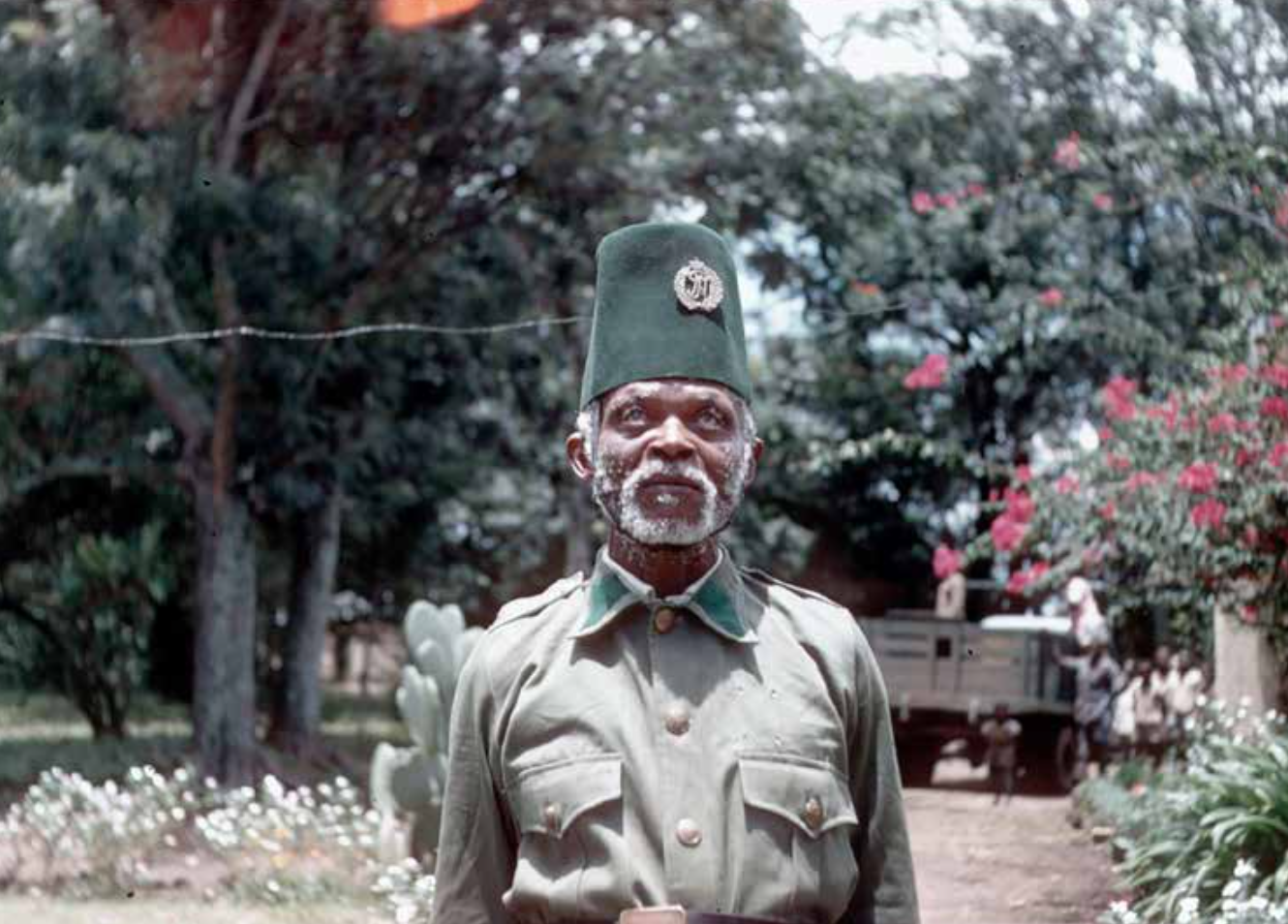
The Ranger team grew to 234, strengthening conservation efforts.
As conservation efforts within the Park grew, the Ranger team expanded to 234, enhancing operations and wildlife protection.
1969

To promote national identity, Parc Albert was renamed Virunga National Park, honoring the Virunga Mountains.
To promote national identity and remove colonial-era names, Parc Albert was officially renamed Virunga National Park. Originally established in 1925 by the Belgian colonial administration and named after King Albert I of Belgium, the Park underwent this change during President Mobutu Sese Seko’s administration. The new name honours the Virunga Mountains, a defining feature of the Park’s landscape.
1970

Research on hippos, migratory birds and the giant forest hog.
Built by André Letiexhe and financed through the first cooperation agreement with Belgium, this base served as a research hub for five foreign experts. Each worked alongside one or more national counterparts and was integrated into the ICCN organization chart. Their research included the ringing of migratory birds and studies on hylochers and hippopotamuses.
1974

In 1974, Virunga recorded the world’s highest concentration of hippos, with 29,000 in its rivers and lakes.
In 1974, Virunga National Park recorded an astonishing 29,000 hippopotamuses, the highest concentration of hippos in the world at the time. These thriving populations were primarily found in the Park’s vast network of rivers and lakes, particularly along the Rutshuru and Semliki Rivers. This milestone highlighted Virunga as a critical stronghold for hippo conservation, vital in maintaining aquatic ecosystems and supporting regional biodiversity.
1975
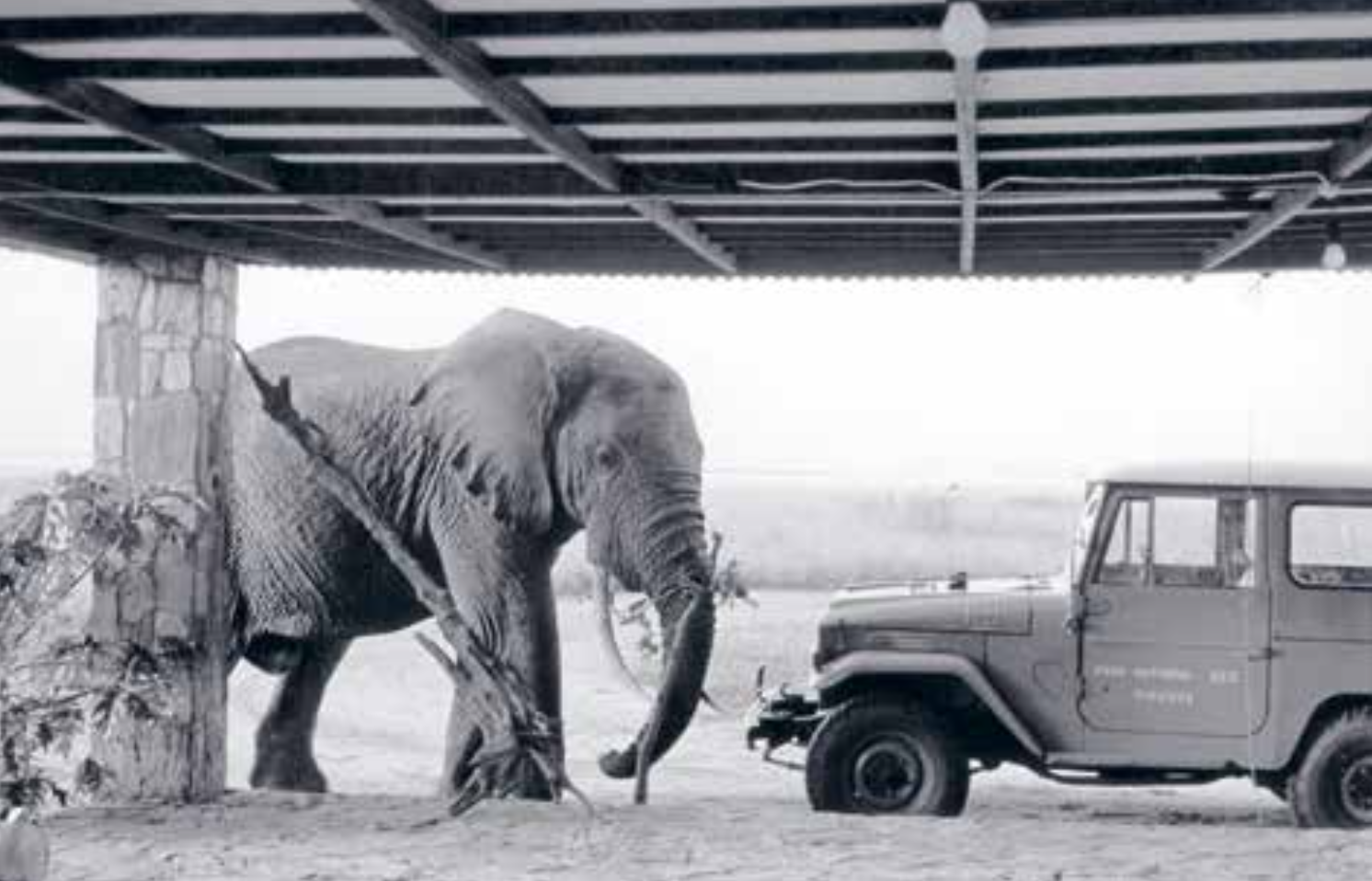
IUCN General Assembly in Kinshasa.
In 1975, Congo invited the world body to its general assembly, held in Kinshasa and Rwindi, and the event was a success. The National Park celebrated its fiftieth anniversary.
1979

Virunga was inscribed on the UNESCO World Heritage List for its biodiversity, geological significance, and natural beauty.
Virunga National Park’s inscription on the UNESCO World Heritage List is based on its exceptional biodiversity, its geological importance and its natural beauty. The Park is home to emblematic species such as the mountain gorilla, okapi, and forest elephant while offering a mosaic of ecosystems, from tropical forests to the glaciers of the Rwenzori Mountains.
1985

Wildlife tourism grew in the 1980s with gorilla and chimpanzee visits, boosting Virunga’s visibility and income.
The Gorilla Program of ZSF/WWF/IUCN was expanded to include a chimpanzee component, with the habituation of a group in Tongo for wildlife tourism and an educational aspect. This project, supported by the WWF, significantly developed the wildlife tourism of gorillas and chimpanzees, increasing the generated income.
In 1985, Virunga National Park celebrated its 60th anniversary with ceremonies in Kinshasa and Rwindi. The increase in the number of visitors, including 6,500 annually for the gorillas, helped restore the Park’s importance on both a national and international level, with its financial potential becoming crucial for its future.
1988

Launch of the Virunga Project under the Kivu Program, funded by the EU.
The vast Kivu program financed by the European Union began in 1988. This program covers various areas of development (road infrastructure, agricultural revival, health) but has a component specifically focused on Virunga National Park, which takes up the achievements of the ZSF/WWF/IUCN program and those of earlier AGCD support and extends them to the Park as a whole.
1991

Created in 1991, IGCP is a regional initiative formed by a coalition of leading conservation NGOs.
IGCP is a regional program created in 1991 by a coalition of three NGOs: the African Wildlife Foundation (AWF), now replaced by Conservation International (CI), Fauna and Flora International (FFI), and the World Wide Fund for Nature (WWF).
1994

The Rwandan genocide forced nearly two million refugees into Virunga’s borders, straining the environment and Rangers.
The Rwandan genocide causes nearly two million refugees to flee the country. Over 90% of refugees settle within walking distance of Park borders. The rapid population surge causes environmental damage, and Virunga’s Rangers struggled to protect the forests.
1994

Virunga National Park is placed on the list of endangered World Heritage sites.
Virunga National Park was added to the List of World Heritage in Danger in December 1994, following the tragic events in Rwanda and the subsequent influx of refugees. Located on the border between Rwanda and Uganda, the Park has been destabilized by the uncontrolled arrival of refugees, leading to deforestation and poaching within its boundaries.
1995

In July and August 1995, poachers killed four mountain gorillas in Virunga, marking the first such incident in ten years.
Poachers murdered four mountain gorillas, making this the first time in 10 years that mountain gorillas had been poached within Park borders.
1996

The regional conflict led to 5.6 million Congolese deaths, culminating in the AFDL's capture of Kinshasa in May 1997.
Regional conflict escalated, resulting in an estimated 5.6 million Congolese deaths. The “First Liberation War” culminated in May 1997 with the AFDL (Alliance of Democratic Forces for the Liberation of Congo) capturing Kinshasa.
1997

Development of operational mechanisms for a regional ecosystem approach, leading to the Greater Virunga Landscape.
It was during this period that the operational mechanisms for a regional approach to the ecosystem were conceived and gradually implemented. Initially, efforts focused on the ‘heart of Virunga,’ before expanding, starting in 2003, to the neighboring protected areas of the Virunga National Park, thus forming what is now called the ‘Greater Virunga Landscape.’
1998

The conflict severely impacted eastern DRC, leading to heavy losses among ICCN staff and significant damage to Virunga National Park’s southern infrastructure.
The conflict particularly affected the regions of North and South Kivu, as well as Ituri. The ICCN staff suffered greatly from this war, with many agents killed or injured by various armed groups. Additionally, the infrastructure in the southern sector of Virunga National Park, including the Rumangabo station and the patrol posts in the Mikeno sector, was severely damaged.
2000

The northern sector of Virunga faced breaches, cattle herding, and poaching, weakening Rangers' efforts.
The occupation severely impacted the ability of the Rangers to protect the Park. Starting in December 2000, the northern sector of Virunga National Park was continuously exposed to threats endangering its integrity: the Park’s boundaries were breached in numerous places (Kyavinyonge, Kanyatsi, Bulongo, Balombi, Lume, Mayangose, Mavivi, Lubilia, Kasindi, Tshiaberimu) by local populations; Hima herders settled in the Karuruma River region with thousands of cattle; and some poaching groups remained active throughout the sector.
2001

Silverback Rugendo was tragically killed by a rebel group in the Bukima area, after which his son, Senkwekwe, became the dominant silverback of the family.
2002

Thanks to international support, Virunga was able to count on 460 Rangers to protect the Park.
After several years of conflict, the international community provided essential financial and logistical support, enabling Virunga National Park to continue its conservation efforts and guaranteeing the Park’s security, with the number of Park Rangers now up to 460.
2002

January 17, Nyiragongo volcano erupts, spreading lava through the city of Goma. 400,000 people are evacuated and 147 are killed in the eruption.
2003

In April 2003, the government and rebel forces signed a peace agreement in an effort to end the war. However, military and rebel groups remained active in eastern Congo, continuing to fight, poach, and cut down trees.
2004

Local militia killed nearly 400 hippos. Only 629 remained in the Park, down from an estimated 30,000 in the 1960s–70s.
Mass killings of nearly 400 hippos were carried out by local militia, who were suspected of eating and selling the meat and removing the teeth for ivory. Only 629 hippos remained in the Park — a 98% decline from the estimated 30,000 in the 1960s and 1970s.
2005

Cosma Wilungula, former General Director of ICCN, signed the first public-private partnership for the management of Virunga National Park.
2006

A new book by Marc Languy and Emmanuel de Merode highlights conservation in Virunga, blending history, science, and practical solutions for a Park shaped by conflict.
A comprehensive book led by Marc Languy and Emmanuel de Merode documents conservation efforts in Virunga, combining historical insights and modern technology to propose practical solutions for protecting this unique and conflict-affected Park.
2007

Seven mountain gorillas from the Rugendo family were murdered. This powerful image of the silverback Senkwekwe brought global attention to the horrific event.
2008

The gorilla massacres catalyzed a groundswell of efforts to protect Virunga. The Park’s governance structure is strengthened, and newly appointed staff negotiate access to the gorilla sector despite it being controlled by rebels.
2008

In 2008, an expedition identified okapis on both sides of the Semliki River, with a 2010 population estimate of 50–100.
In 2008, an expedition led by ICCN and ZSL confirmed the presence of okapis on both sides of the Semliki River. In 2010, additional data allowed us to estimate the population at between 50 and 100 individuals, a density comparable to that of the Okapi Wildlife Reserve.
2009

In direct response to the gorilla massacres, the Senkwekwe Centre was established to care for orphaned gorillas. It was the only facility of its kind in the world. As of December 2023, the Centre is closed, as it no longer has orphaned gorillas under its care.
2012

The M23 rebellion erupted in and around the Park. Virunga staff were caught in the fighting but managed to maintain their presence and eventually negotiated access to the Park to protect the mountain gorillas.
2012

The film, blending documentary and investigative journalism, helped combat illegal oil exploitation and earned an Academy Award nomination in 2015.
Initially conceived as a compilation of evidence to support legal proceedings concerning the actions of an oil exploration company, the film blends a documentary approach with investigative journalism. Its success represents a decisive contribution to the fight against illegal oil exploitation, and it earned a nomination for Best Documentary Film at the 2015 Academy Awards.
2013

Launched in 2013, the Virunga Alliance unites public authorities, civil society, and the private sector for conservation, poverty reduction, and peace.
In 2013, the Park launched the Virunga Alliance which brings together North Kivu’s public authorities, civil society and the private sector around a shared vision of sustainable development. Together, they pursue three objectives: the conservation of the Park’s natural resources, the reduction of poverty and the promotion of peace.
2013

Oil exploration threatened the Park, raising deep concerns from the international community. Communities around Lake Edward feared the impact of potential oil activity on their livelihoods.
2014

After the M23 war, tourism resumed in the Park, and Mikeno Lodge reopened to welcome visitors.
This marked the end of the M23 war, and tourism was officially relaunched in the Park after nearly two years of closure. Mikeno Lodge, the Park’s visitor accommodation, once again welcomed guests eager to explore Virunga.
2015

Inaugurated on December 16, 2015, the power plant generates 13.2 MW, overcoming the challenges of the M23 occupation.
Inaugurated on December 16, 2015, by the President of the Republic, the new power plant generates 13.2 MW of electricity, made possible by a flow of 18 m³/second and a drop of 85 m. Its construction, a remarkable achievement, unfolded amidst the intense challenges of the M23 rebel occupation.
2015

The UK oil company Soco announced that it will not renew its claim to an oil concession in Virunga National Park.
2016
A cross-border census recorded 604 mountain gorillas, with 286 in Virunga, which saw the highest population increase—five times larger over 40 years.
A cross-border collaboration led to a census of mountain gorillas across the three countries concerned (DRC, Uganda, Rwanda). A total of 604 individuals were recorded, including 286 in Virunga. Of the four protected areas that shelter mountain gorillas, Virunga National Park saw the greatest population increase — a fivefold growth over 40 years.
2017

Years of calm led to a surge in tourism, with visitors rising from 400 in 2014 to 4,813 in 2017, making Virunga the DRC’s top tourist destination.
The years of relative calm allowed for the redevelopment of tourism offerings, leading to a significant increase in visitors from the middle of the decade: 400 in 2014, 2,176 in 2015, 3,671 in 2016, and 4,813 in 2017. This made Virunga the most popular tourist destination in the DRC.
2017

Despite decades of challenges from subsistence poaching, the Park's efforts to protect and revive the hippo population led to significant progress. For the first time in 20 years, the number of hippos increased to over 2,000 in 2017.
2018
In 2018, the mountain gorilla was officially removed from the IUCN’s critically endangered list, marking a major victory for the national parks of the DRC, Rwanda, and Uganda.
2019

Founded in 2019, Virunga Origins produces the only chocolate made in Congo, gaining popularity for its quality in both the DRC and Europe.
Founded in 2019 and based in Mutwanga, Virunga Origins produces the only chocolate made entirely in Congo, from bean to bar. Its products have gained popularity both in the DRC and in Europe, thanks to their high quality – overseen by the renowned master chocolatier Dominique Persoons – and the positive image they project.
2020

The largest elephant herd—over 500 individuals—since the 1980s was observed in the Ishasha corridor of Virunga, one of Africa's most spectacular protected areas.
2021

On May 22, 2021, Mount Nyiragongo erupted, devastating Goma, a city already plagued by poverty and instability.
On 22nd May 2021, Mount Nyiragongo, a volcano located in the southern sector of Virunga National Park, erupted for the first time in nearly two decades. The resulting lava flow left a trail of destruction and catastrophic consequences for the people of Goma, a city of nearly 2 million inhabitants, many of whom live in extreme poverty under the shadow of years of conflict and instability.
2022

Already responsible for a conflict in 2012, the M23 is once again taking up arms against the FARDC. Its offensive is supported by the Rwandan army, deployed on Congolese territory, giving the conflict an inter-state dimension.
2024

By the end of 2024, Virunga Energies was operating four hydroelectric plants (Mutwanga, Matebe, Luviro, Rwanguba) and a small solar farm (Nyamilima), producing 45 MW of green electricity. Virunga Energies had nearly 35,000 customers, with growth of 4,000 to 6,000 subscribers per year.
2025

The Kivu-Kinshasa Green Corridor Reserve will protect 500,000 km² of forest, aiming to preserve biodiversity, fight climate change, and create 500,000 jobs by 2030.
Building on the success of the Virunga Alliance, the Kivu-Kinshasa Green Corridor Reserve will be the world’s largest protected tropical forest area, spanning over 500,000 km². This initiative aims to preserve biodiversity, combat climate change, and drive sustainable economic development. It focuses on protecting forests and peatlands, mobilising $1 billion in investments, and creating 500,000 jobs by 2030, while actively engaging local communities in conservation efforts.
2025

A major offensive by the M23 enabled them to take the town of Goma, capital of North Kivu, before continuing their advance and seizing other towns in the Kivu region, including Bukavu, capital of South Kivu.
2025

62 new Rangers graduated as the 8th cohort of Virunga, pledging loyalty and bravery in support of conservation, peace, and sustainable development.
After months of demanding training, a new generation of Rangers has joined the ranks of Virunga National Park. As the 8th cohort to graduate, these 62 recruits took a solemn oath of loyalty, fidelity, and bravery—principles that hold particular significance in a region where conservation efforts are tightly interwoven with conflict mitigation, community resilience, and the growth of a green economy.